The day starts by breaking the law. But I’m getting ahead of myself. For the seven years I lived in Lipnica, one of my favorite places was a meadow at the base of Babia Gora, accessible via a barely-paved road traversed only by tractors and horse-drawn wagons. It occurred to me the other day that it would be a great place for a picnic followed by a few portraits. I knew going there by bike was out of the question, but I recalled traversing that barely-paved road in a car. So today, I pack the girls into the car and off we go.
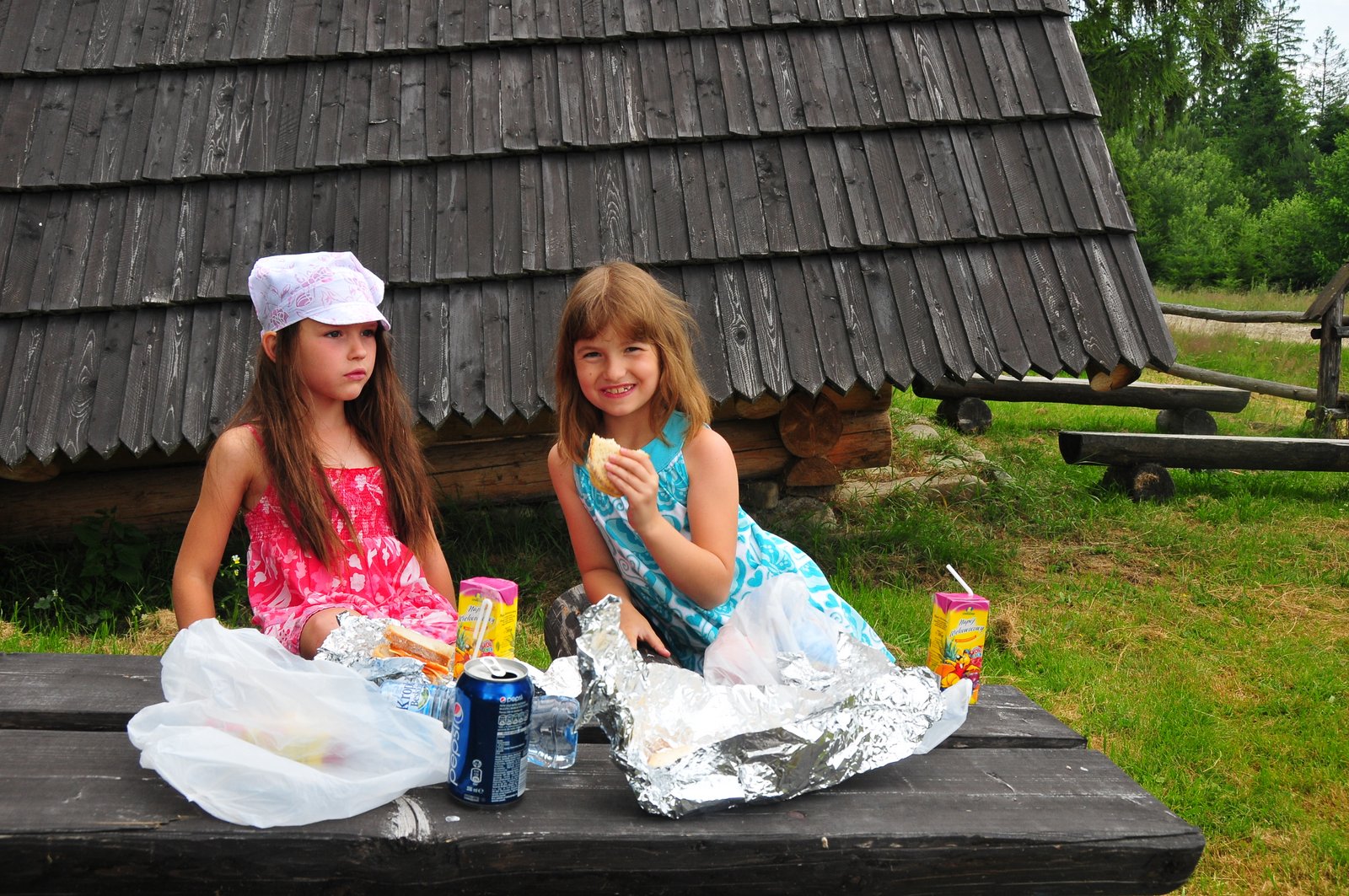
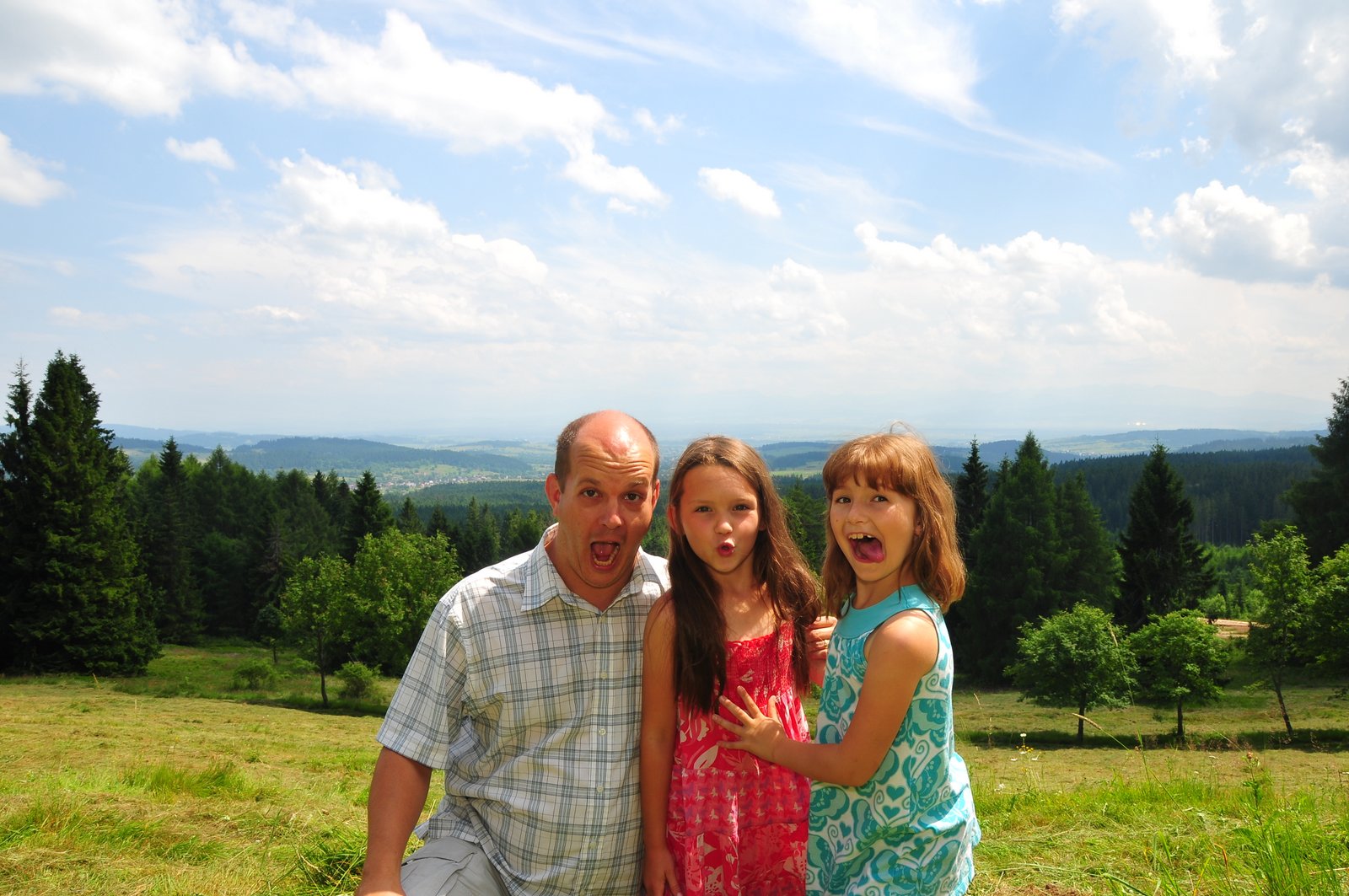
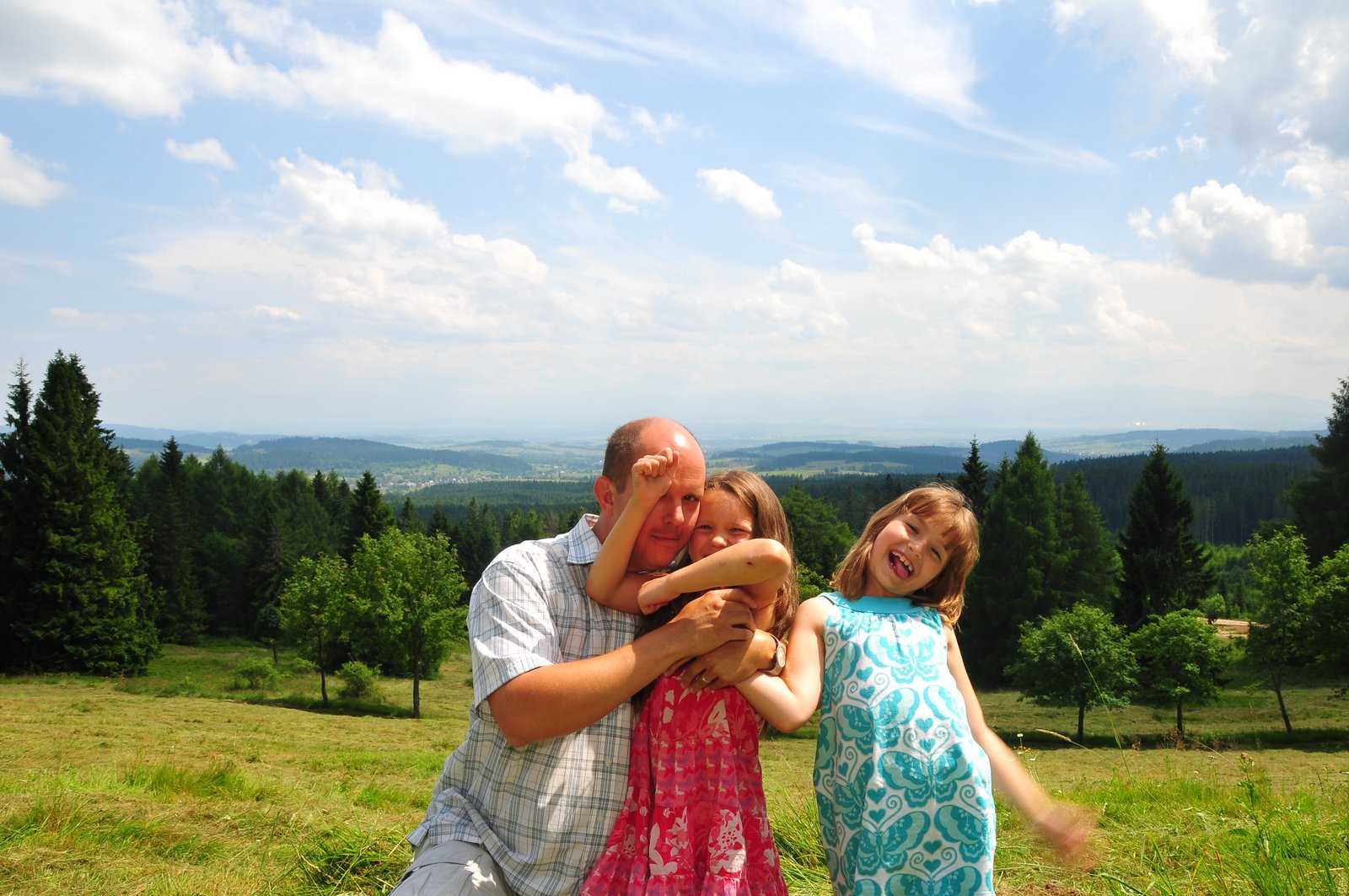
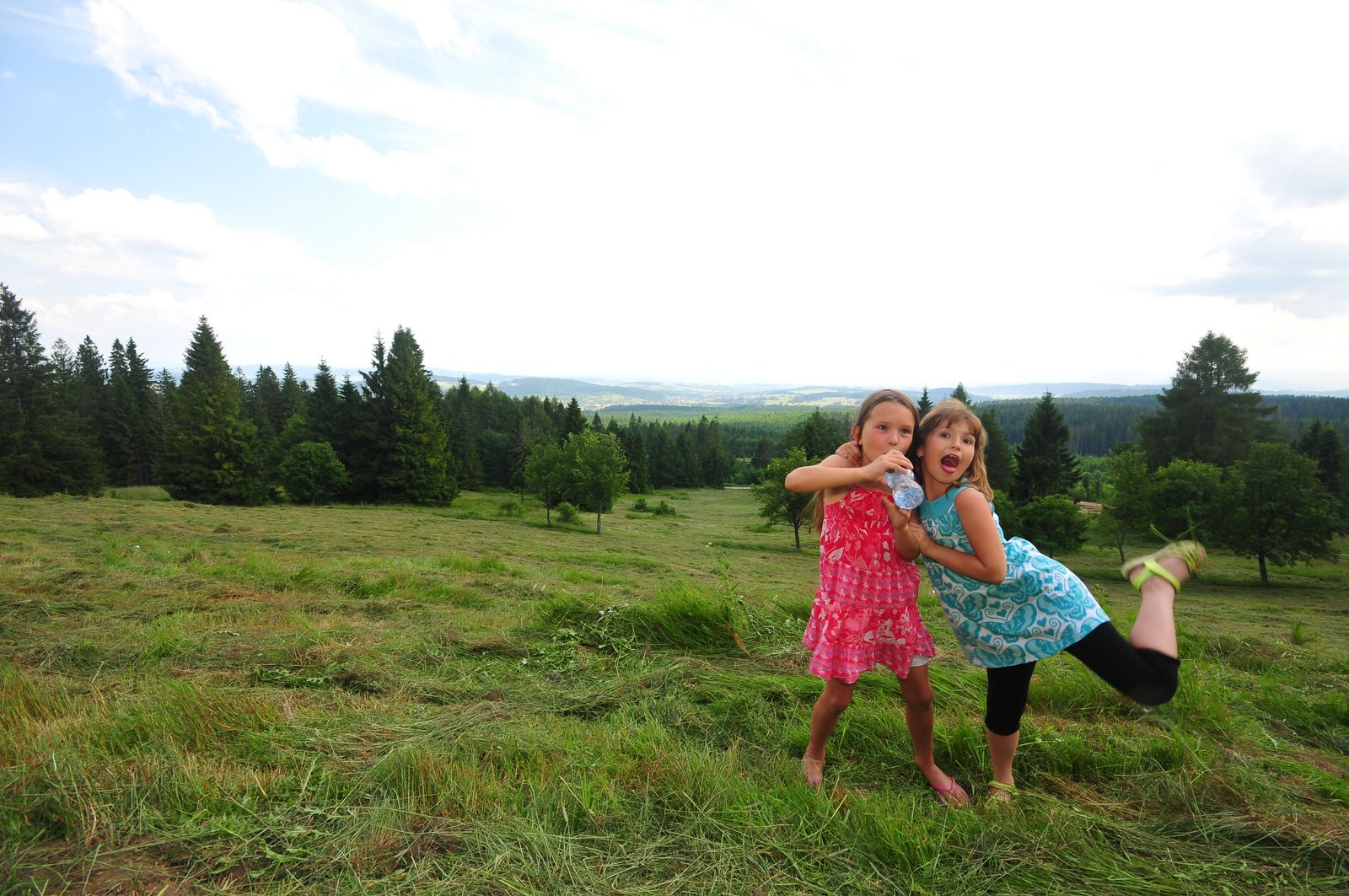
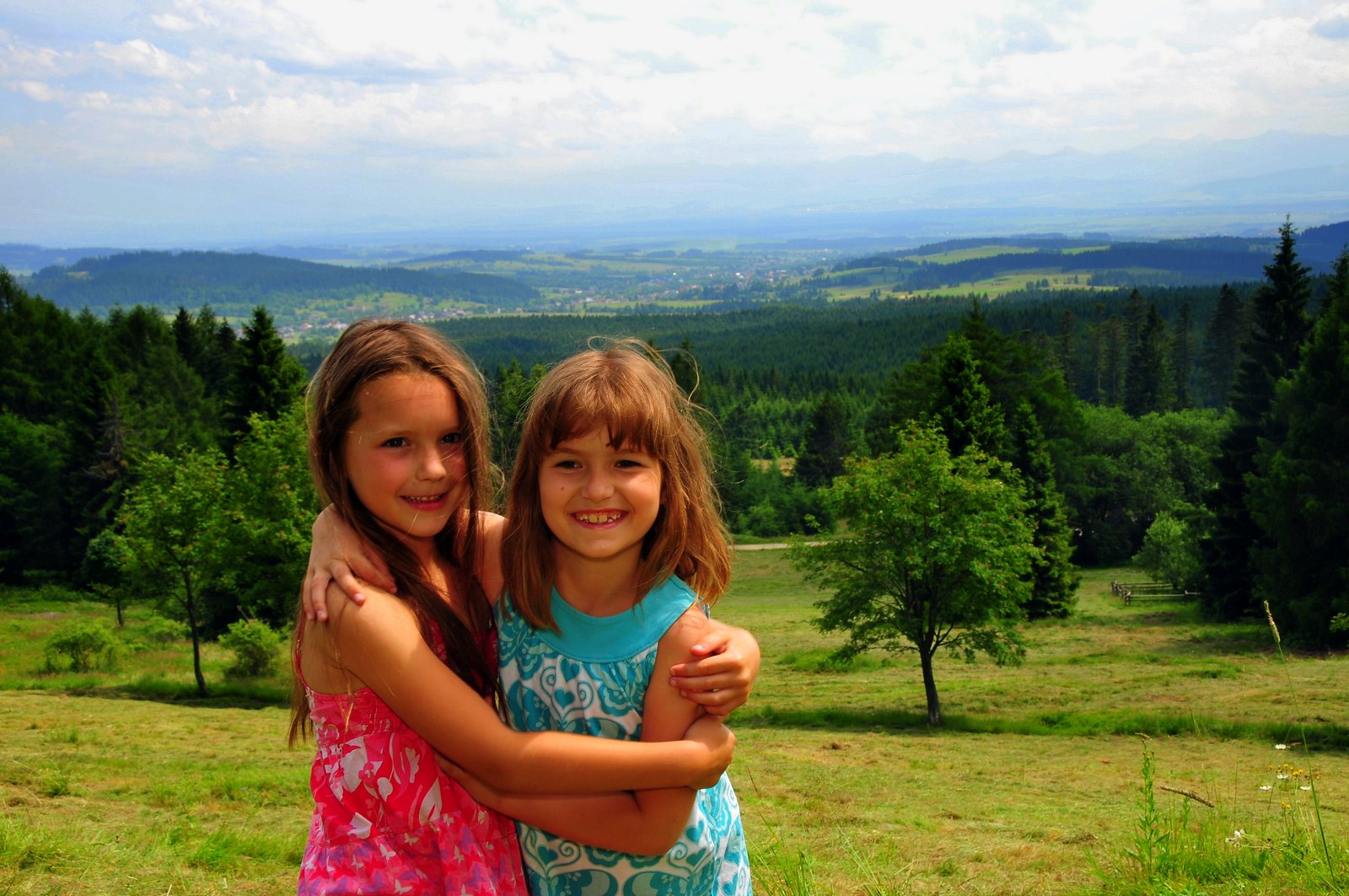
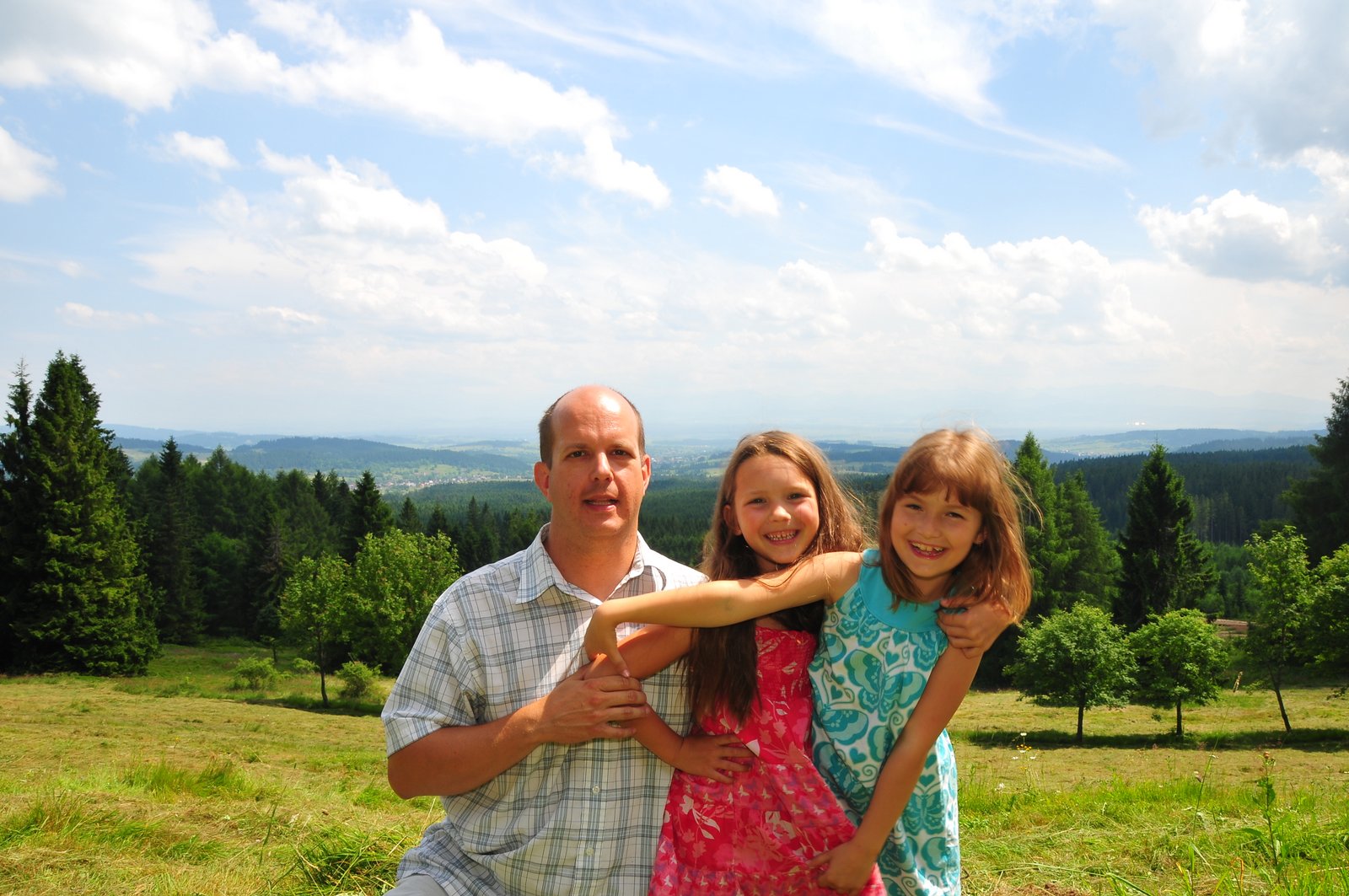
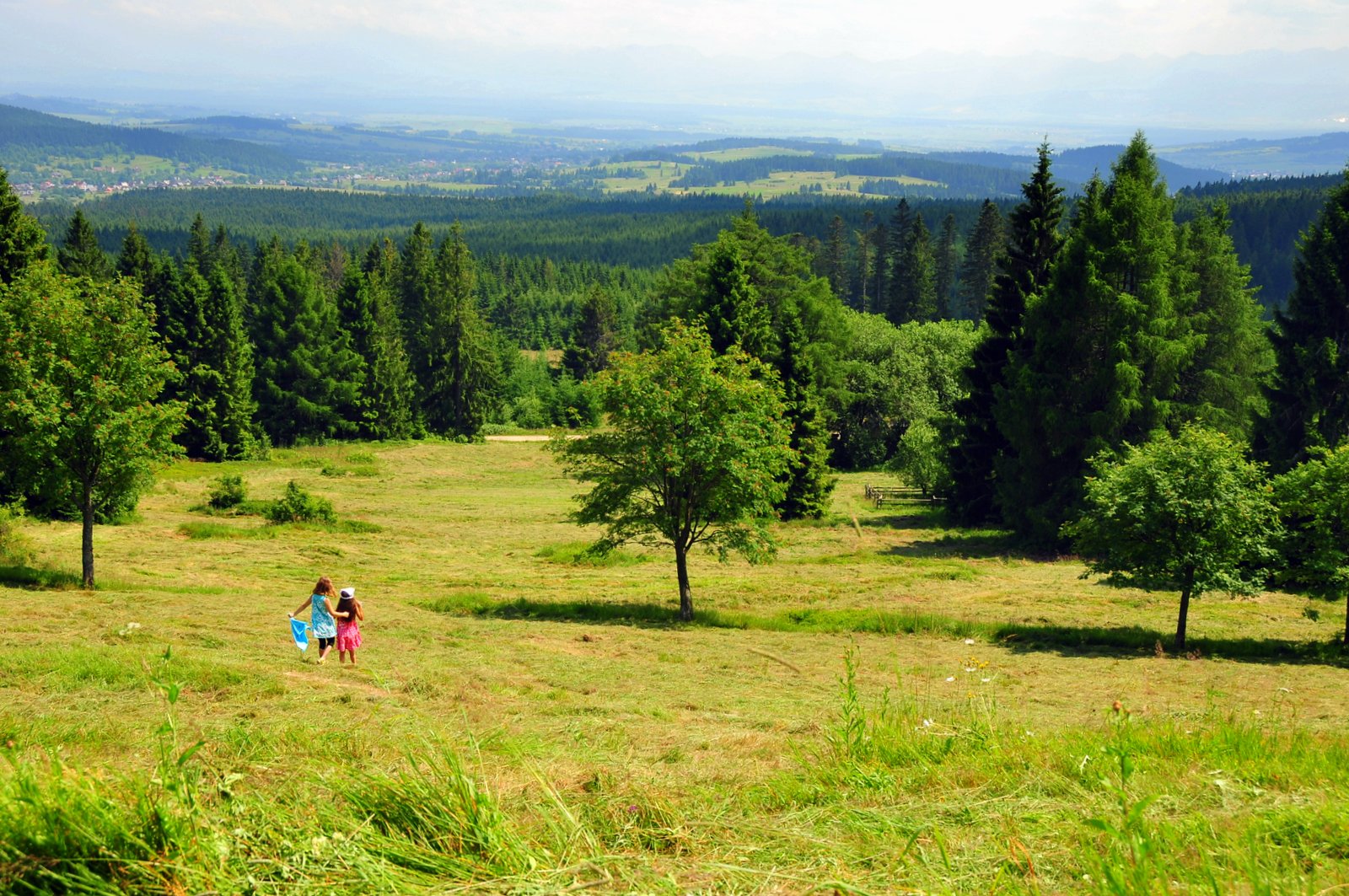
I discover that there have been a few developments: a small shelter for picnics and scattered picnic tables. We have our picnic; the girls finish eating as I head off for some photos of what I’ve always thought were ruins of some apparently and relatively ancient building. Trees up to ten meters high grow within the foundation — it has to be ruins. Once the girls eat their sandwiches, their peaches, their cookies, we head up into a high meadow for some photos.
We head back down, where a forestry officer meets us.
“Do you have permission?” he asks.
“Permission for what?” I think. “To take pictures? Surely we don’t have to seek permission to take pictures everywhere.” Instead, I simply ask, “For what?”
He almost laughs. “To be here.”
“What do you mean?”
“This is a national park. You’re not allowed to drive here.” I think of the four or five cars I’ve seen passing us while we ate and had our photo session.
“Really?”
“The only ones who have permission to be here are those who work for the park and those who have permission to log in the park.” That explains the cars. “Do you have a driver’s license?” he asks.
“Of course.”
“So you’ve passed a driving test. ‘No Entry’ signs are the same everywhere.” It occurs to me at this point to disagree: Polish signs are simply circular white signs with a red circle around it; American signs are red circular signs with a white rectangle in the middle — only very vaguely similar.
Instead I explain that I did see the sign but that there was what I thought was an explanatatory sign under it that restricted the “No Entry” sign to select vehicles. I explain that my Polish is not so good and, having traveled this road before in an auto, I just assumed that it was okay for me to pass. And there was a rectangular sign underneath the main sign, and I have traveled that road by car several times.
In the end, he has mercy on me and tells me only not to do it again.

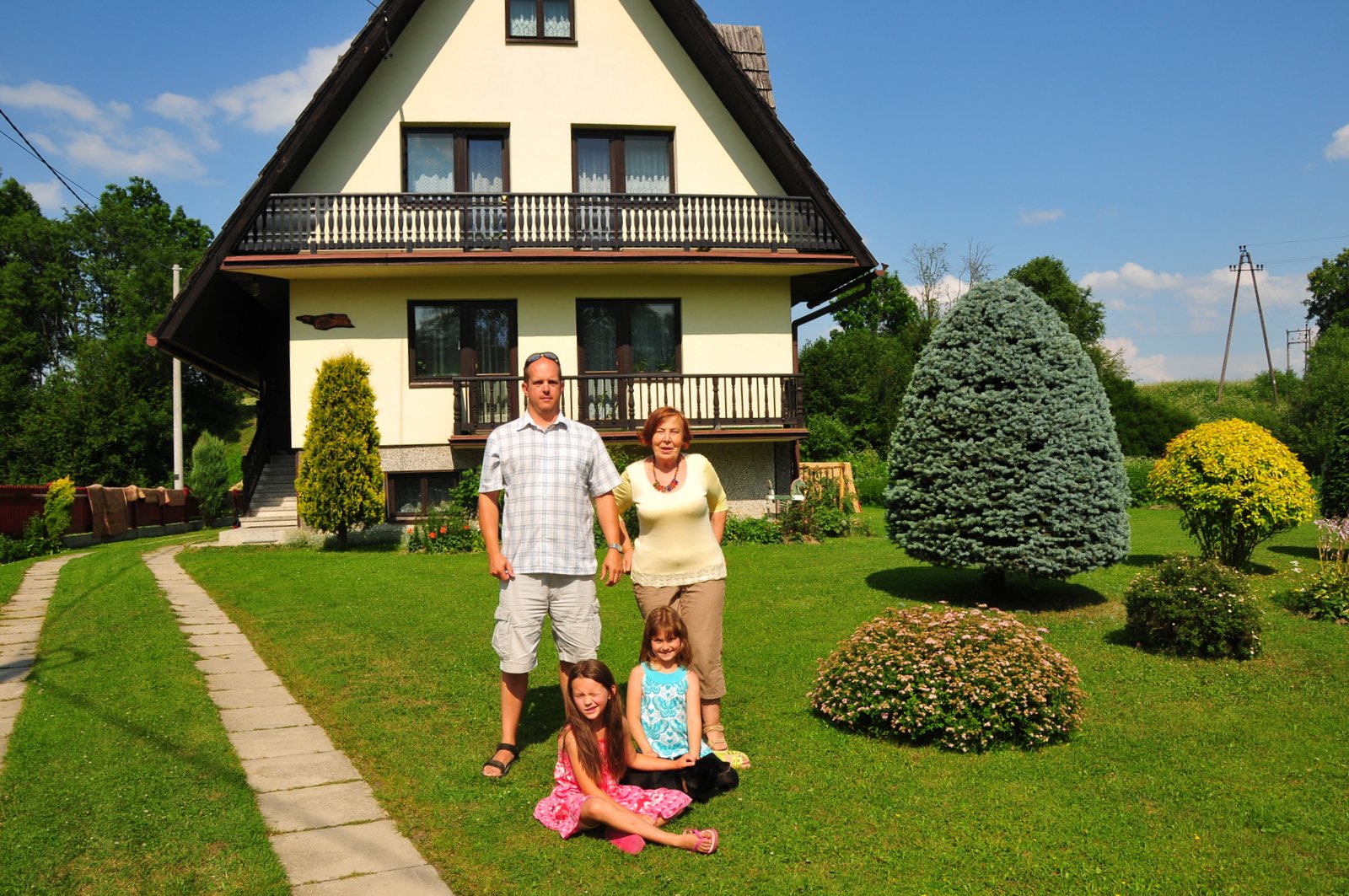

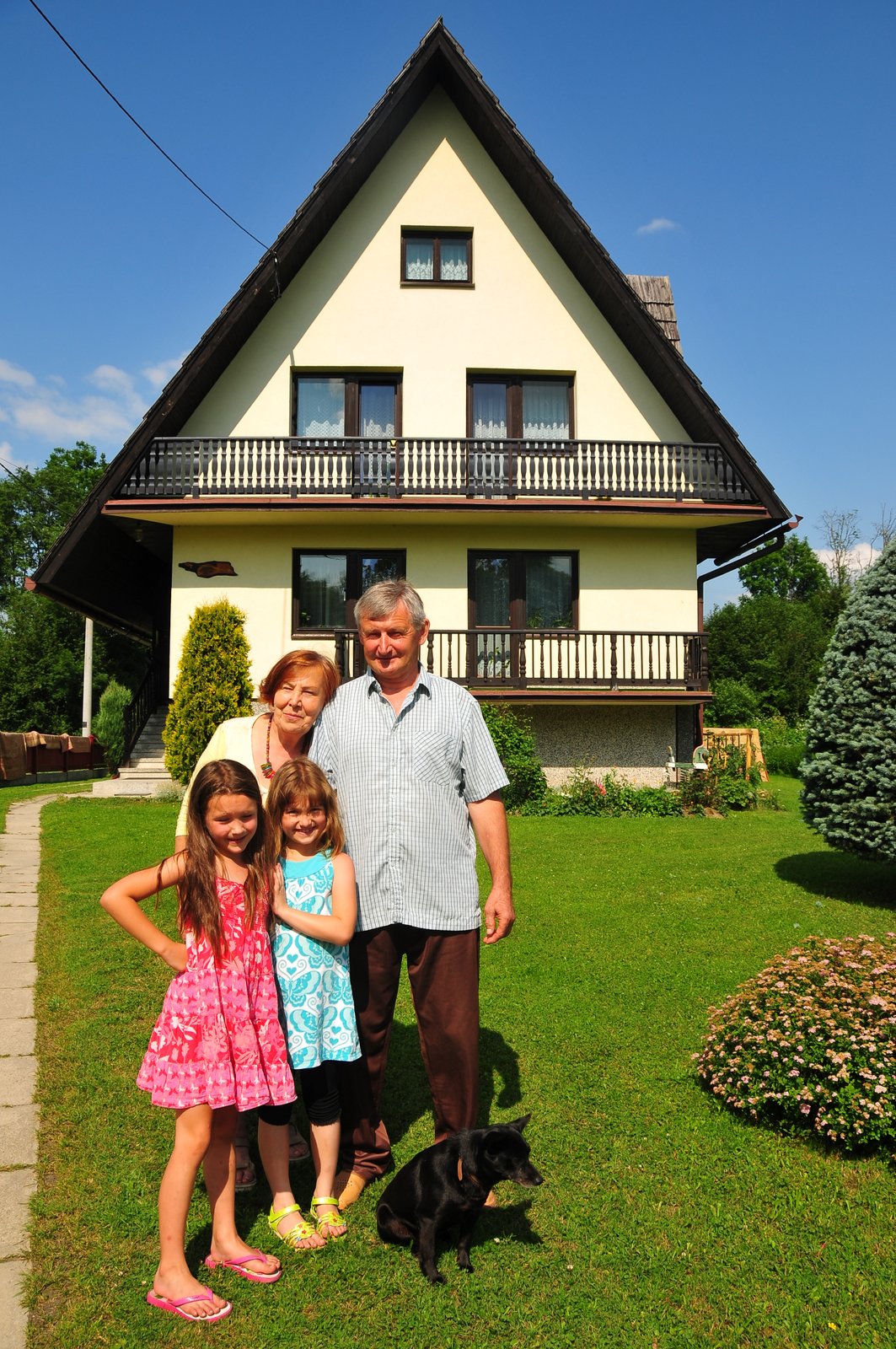
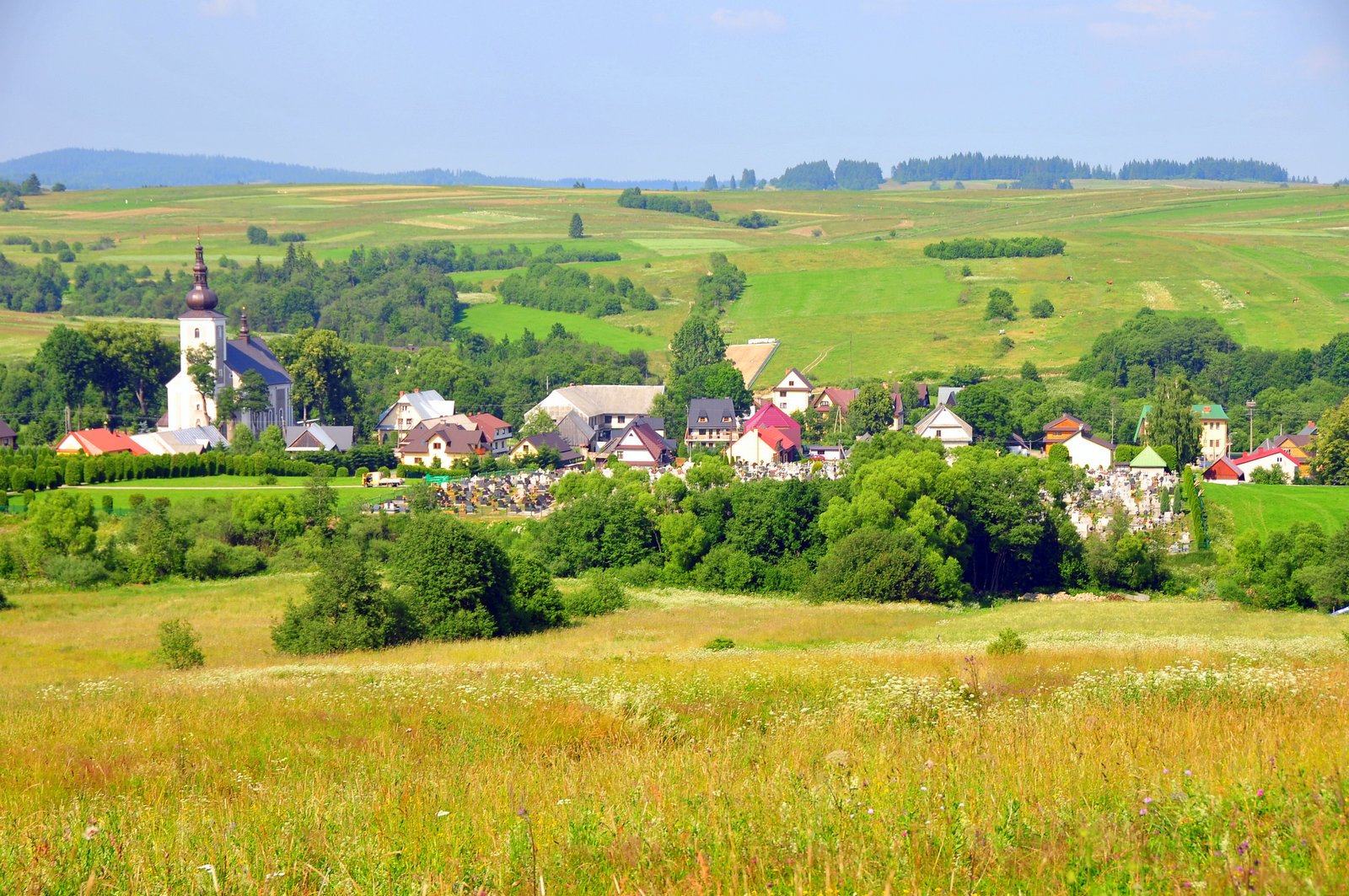
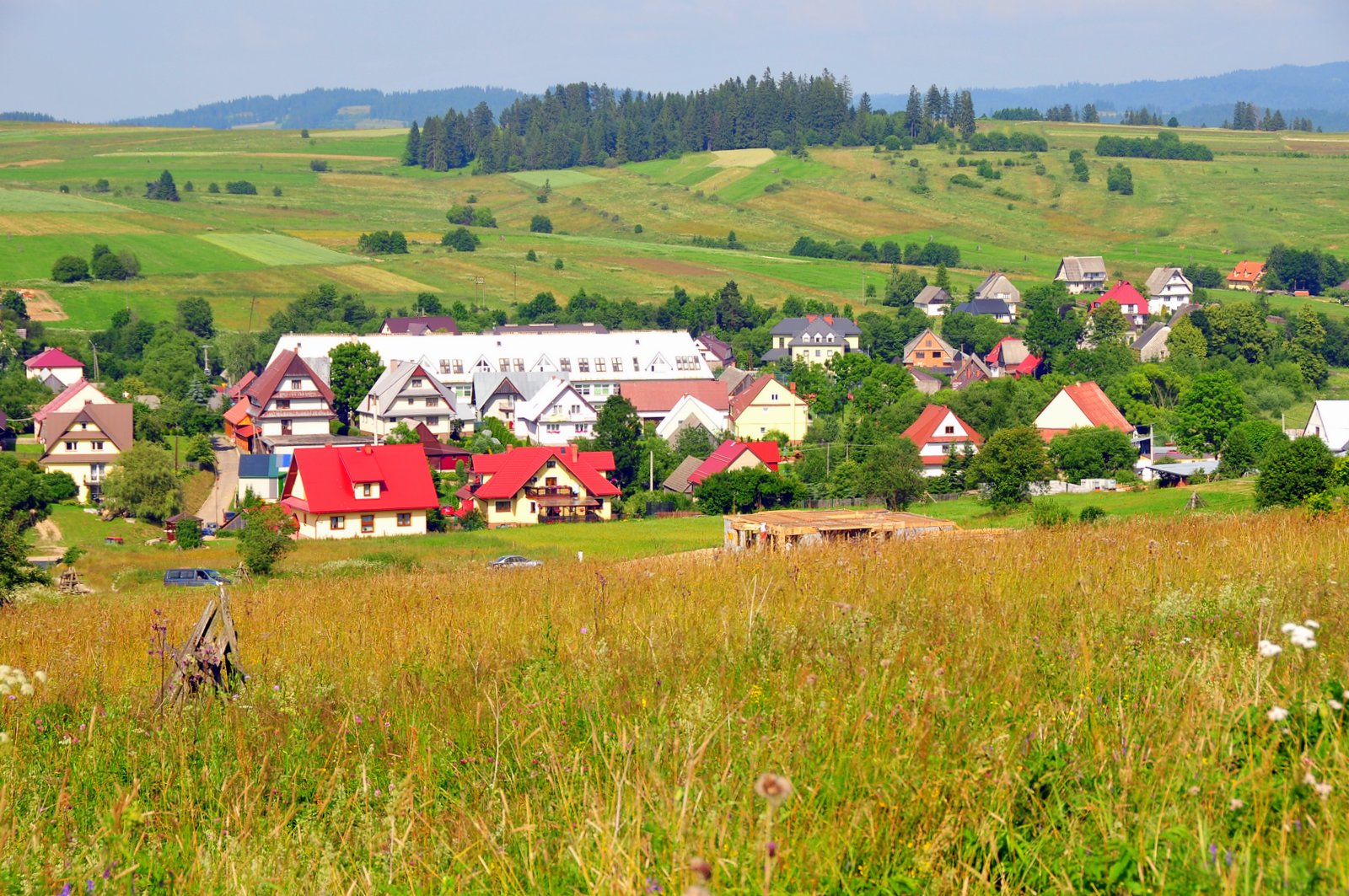
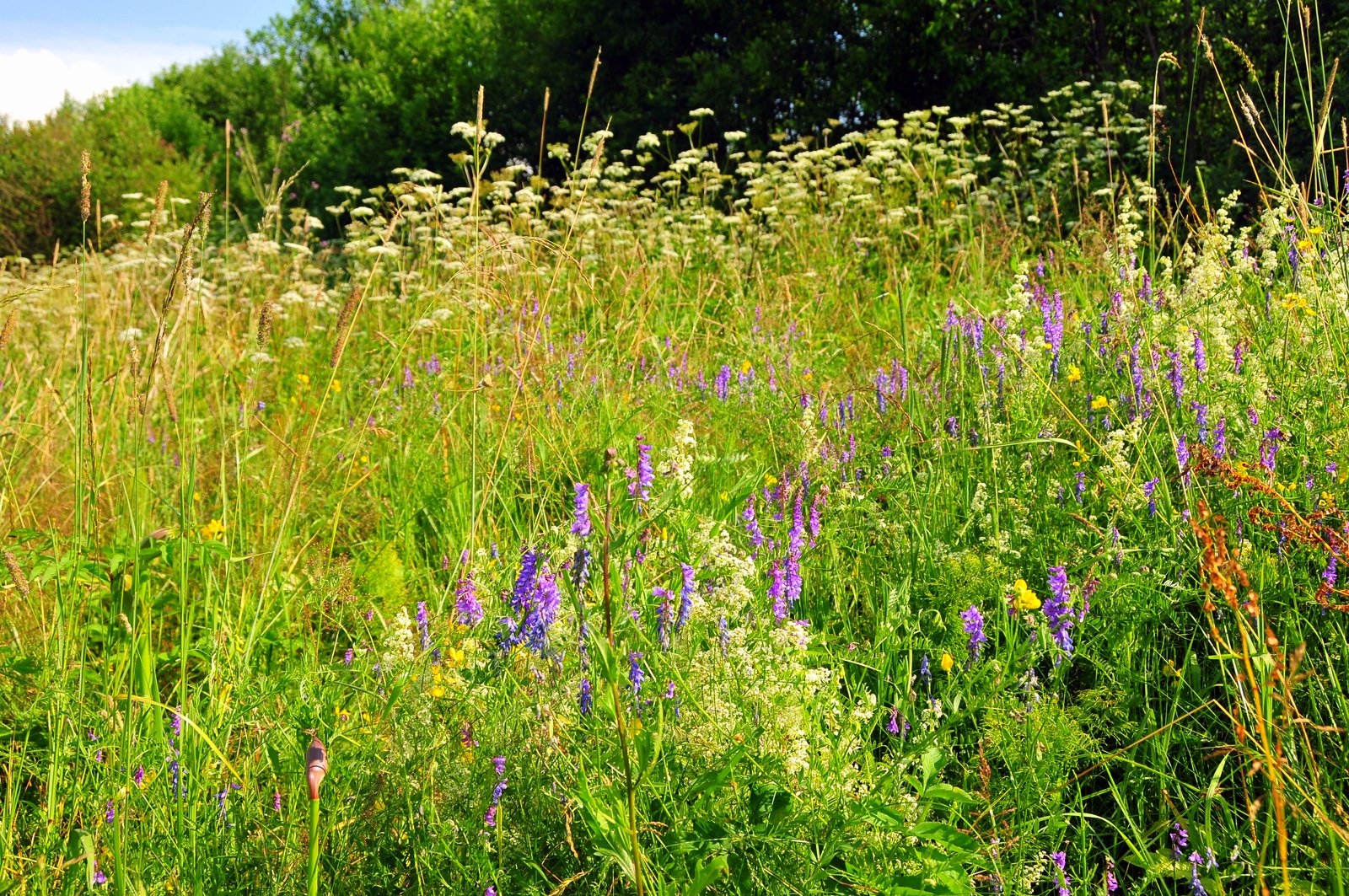

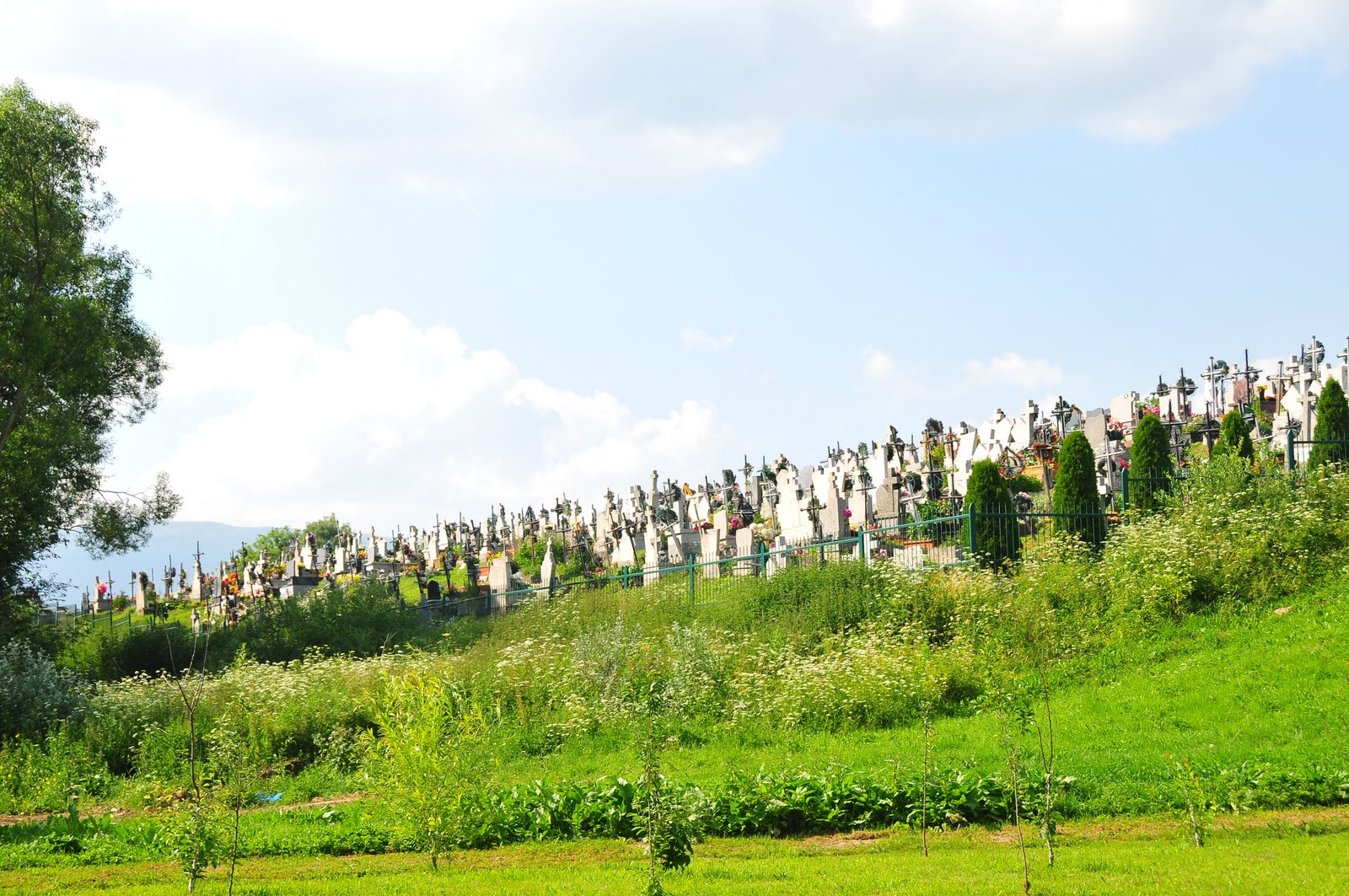
Afterward, we head back down to Lipnica Wielka centrum, my home for seven years. We meet with family (for all intents and purposes), then take a walk up into the hills, the walk I took countless times when I lived in Lipnica. Today, the fields are thick and deep with weeds, grass, and wildflowers; I’ve tried it with equally thick and deep snow — it’s tough-going either way.
I head back down into the village, passing through what could be generously called the town square: LW is not a town, and this area is not square, but it is in the center, it is the location of the main government facilities, and at one time, it was rumored to be possibly developed into a potential real rynek.
I pass the bar that provided just about the only entertainment in the area — conversation and relaxation on a Friday night that was priceless. I walk by the teachers’ housing that, from the outside (and even from the first steps into the main entrance) hasn’t changed a bit since 1996.

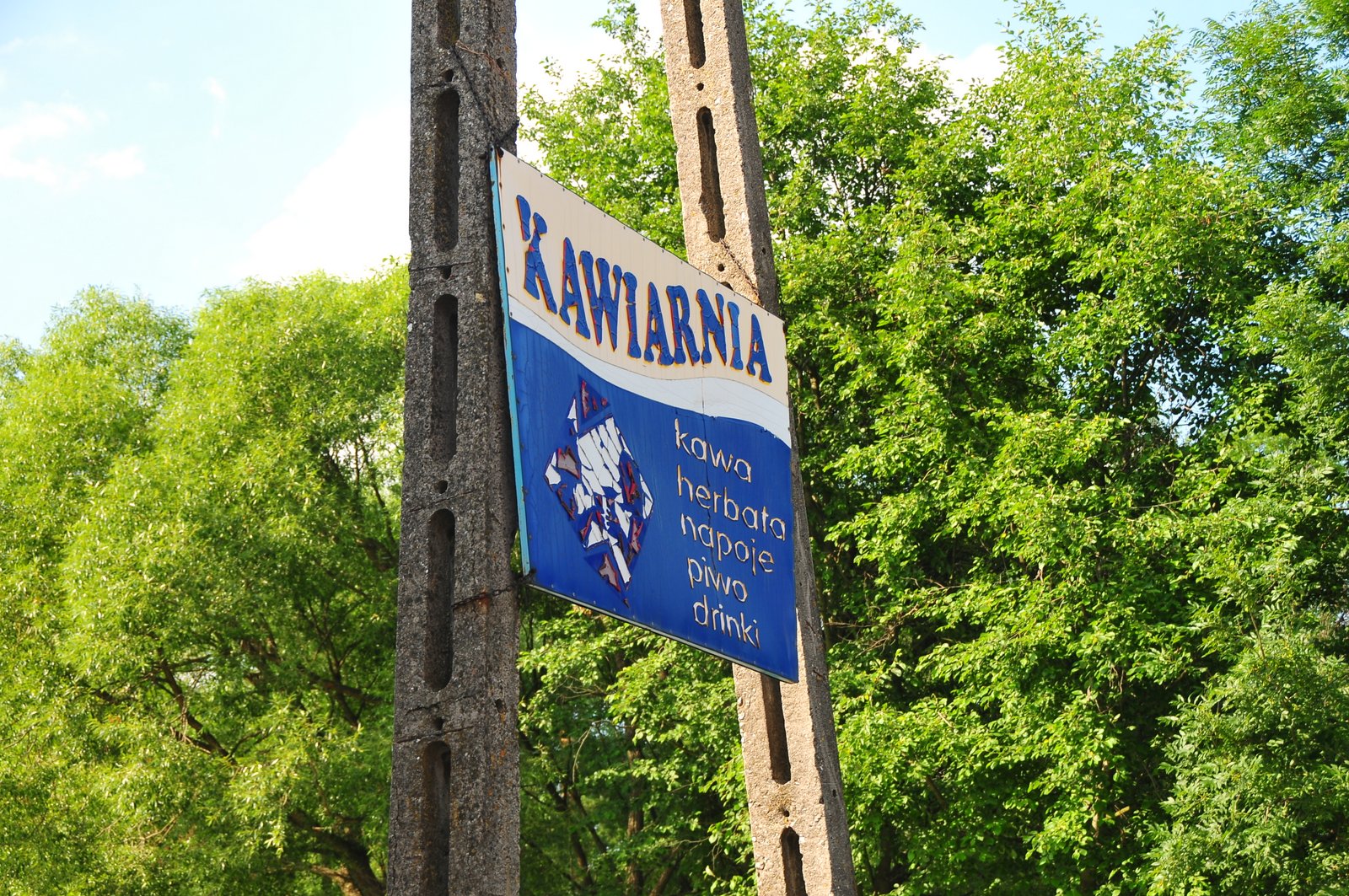
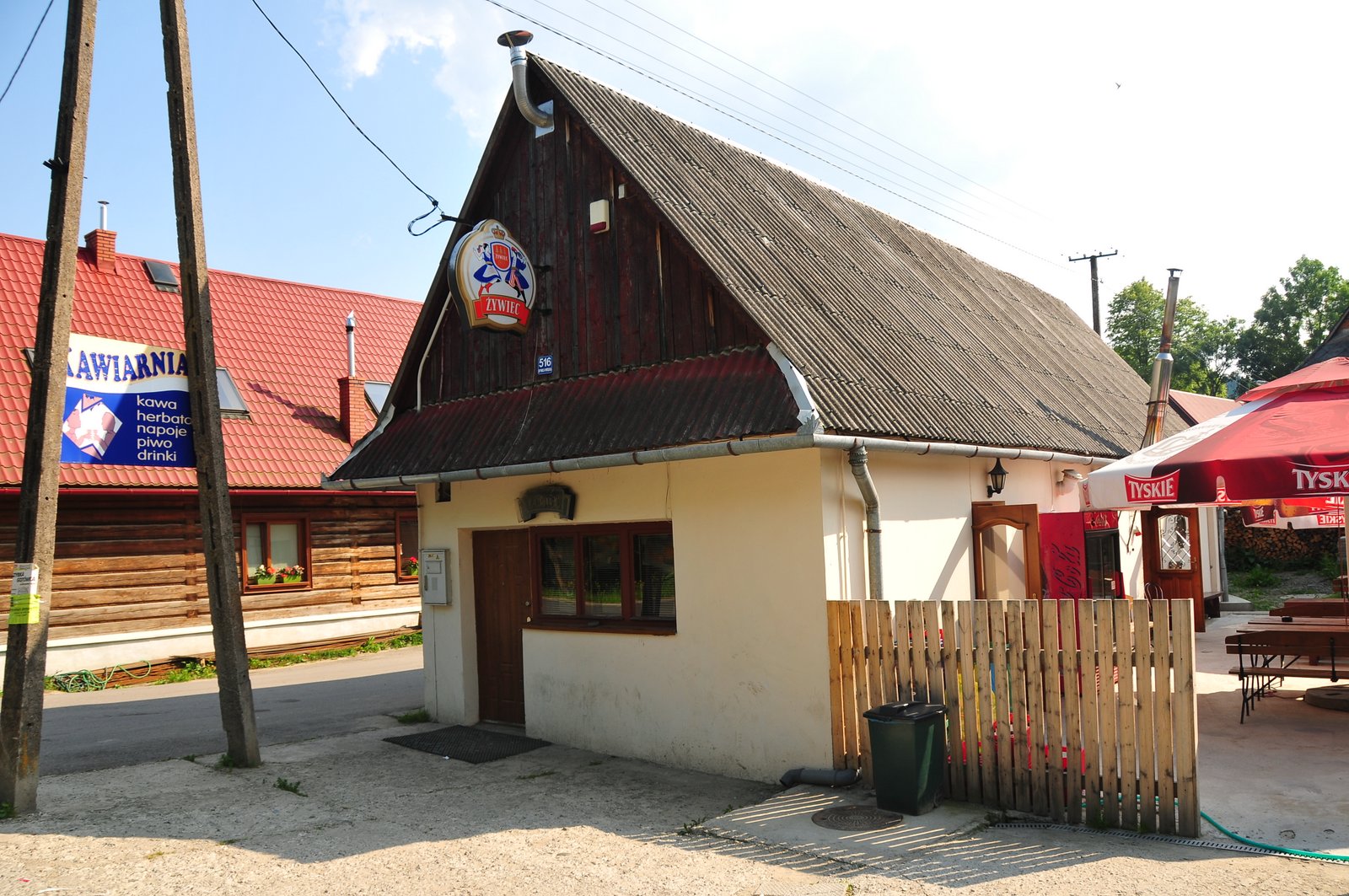
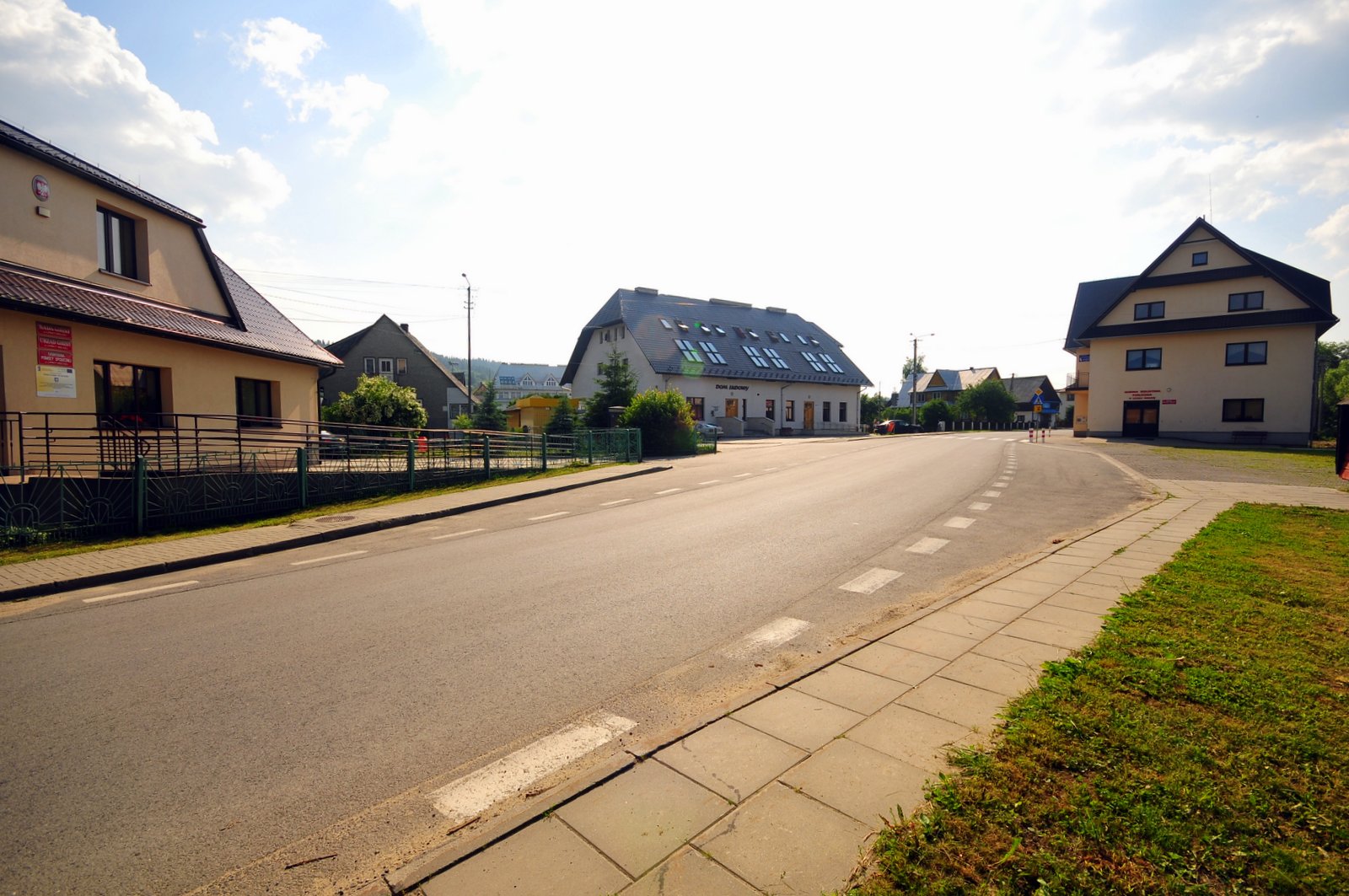

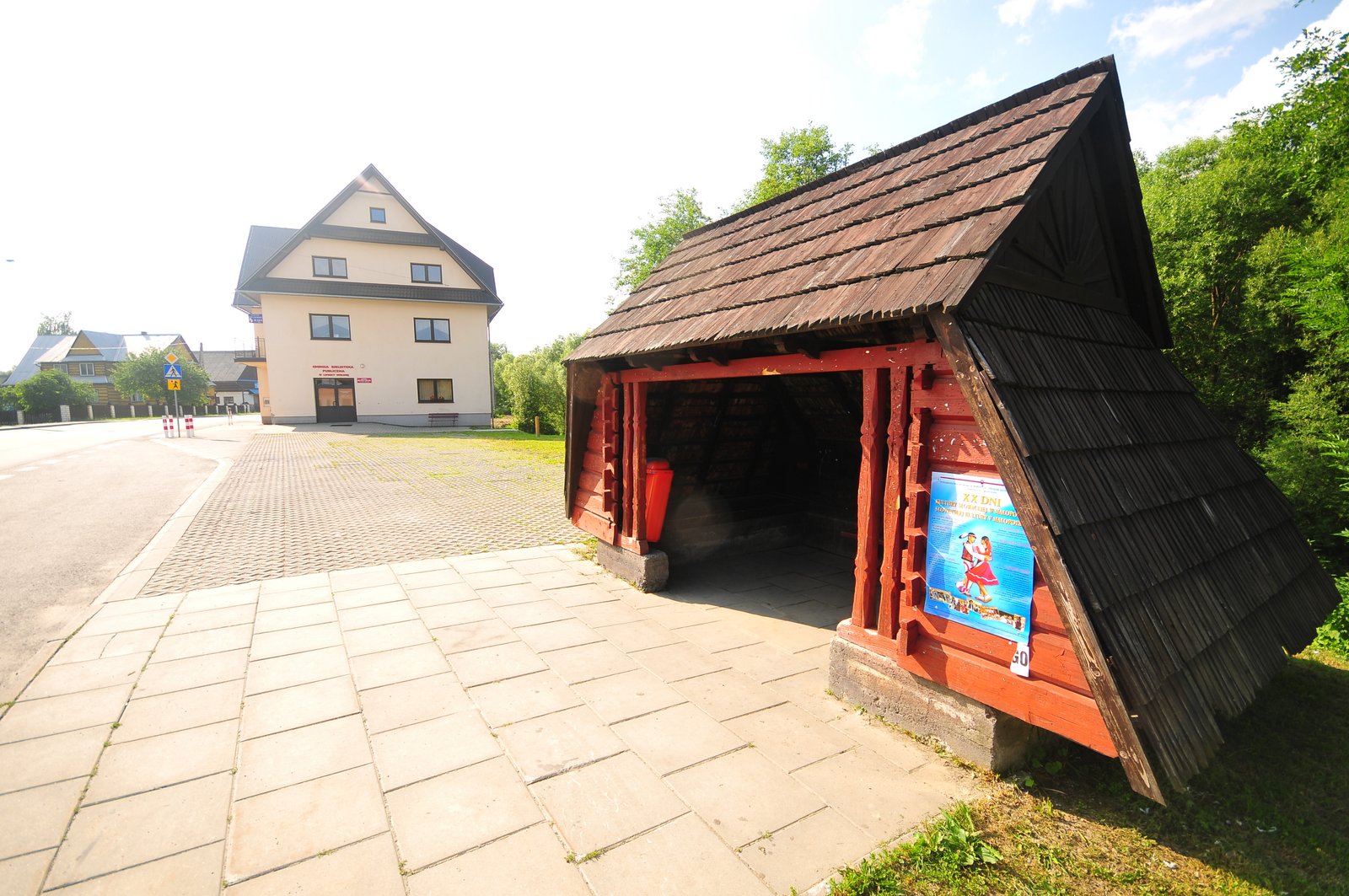
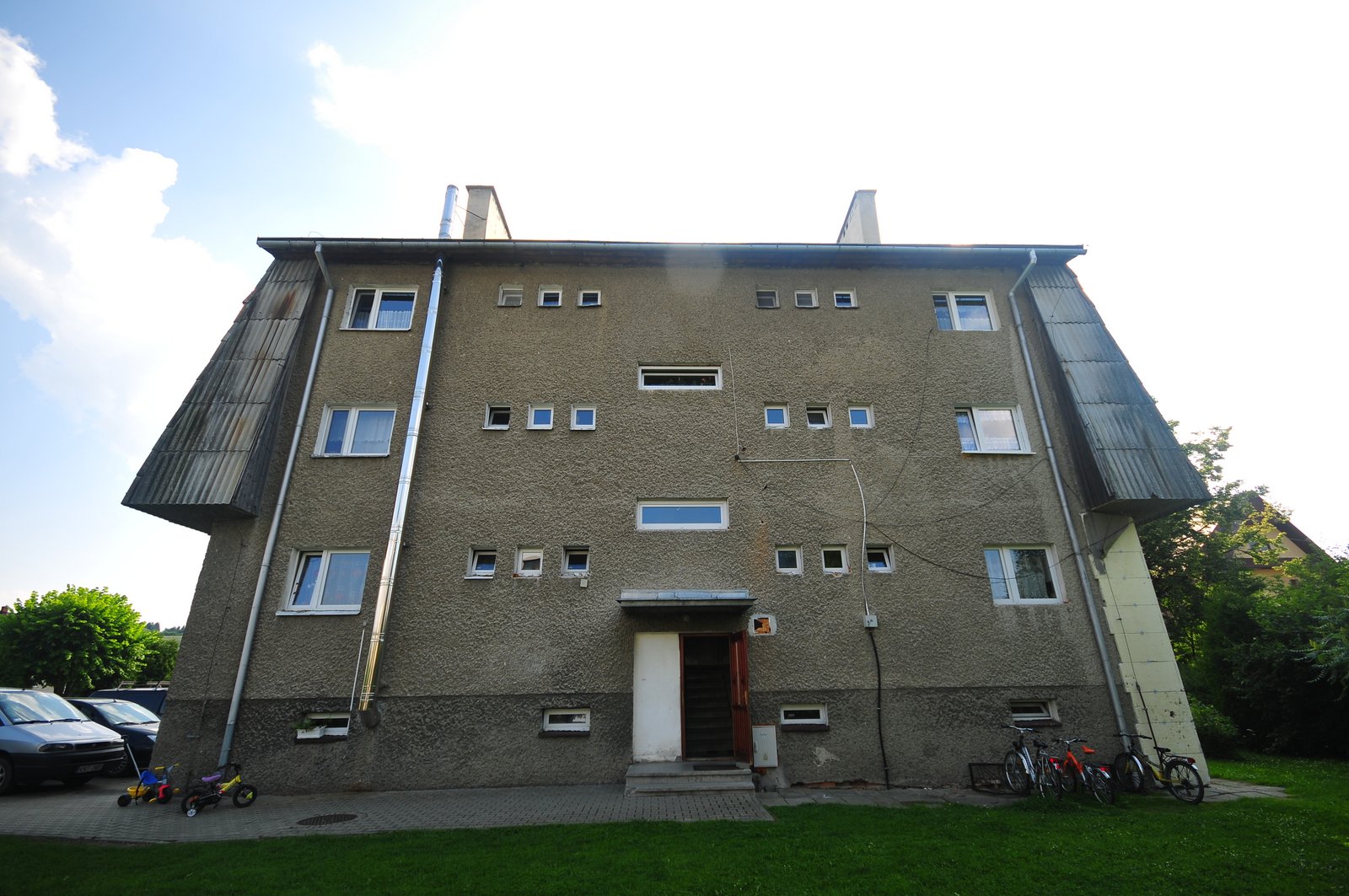

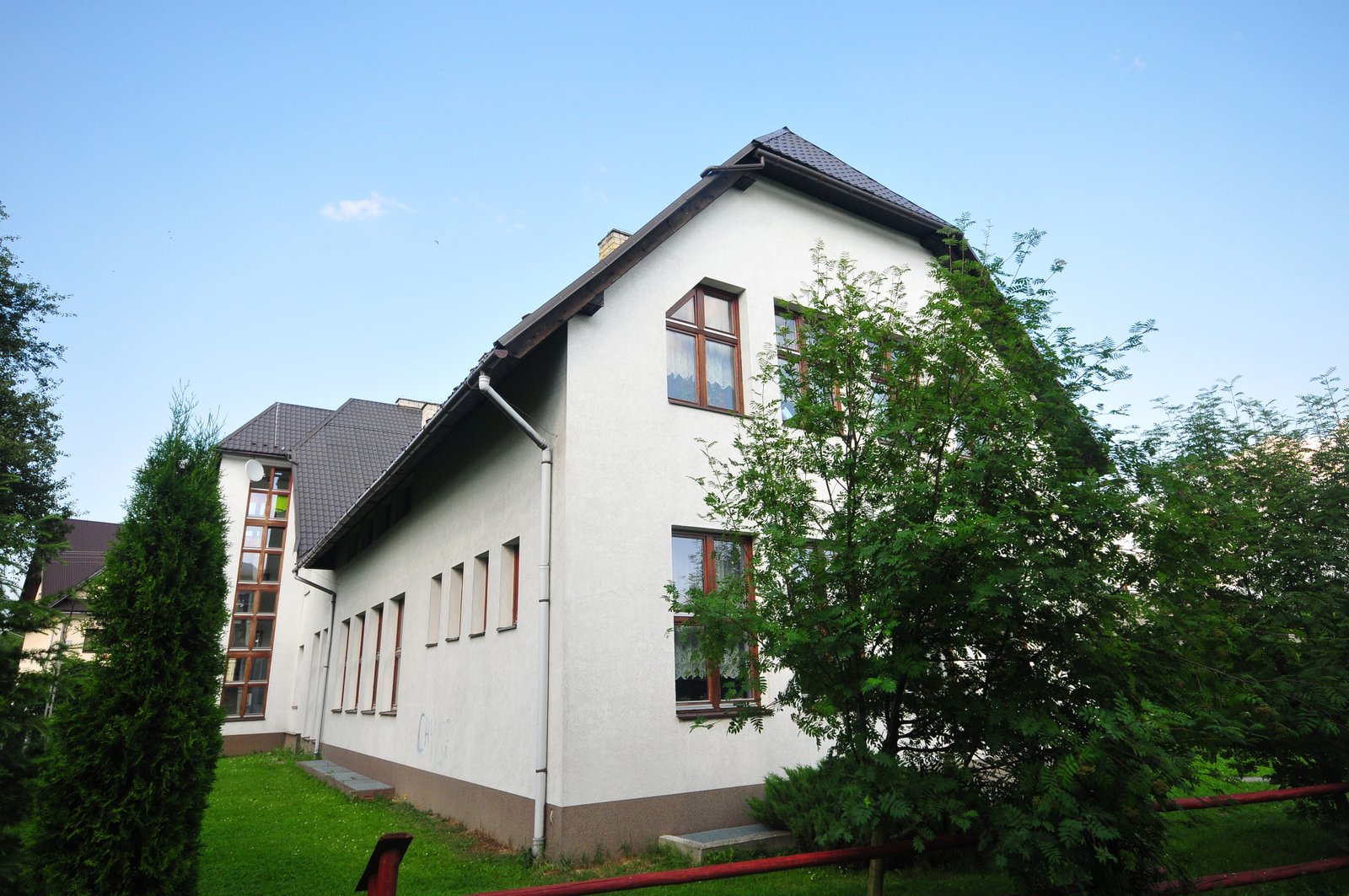
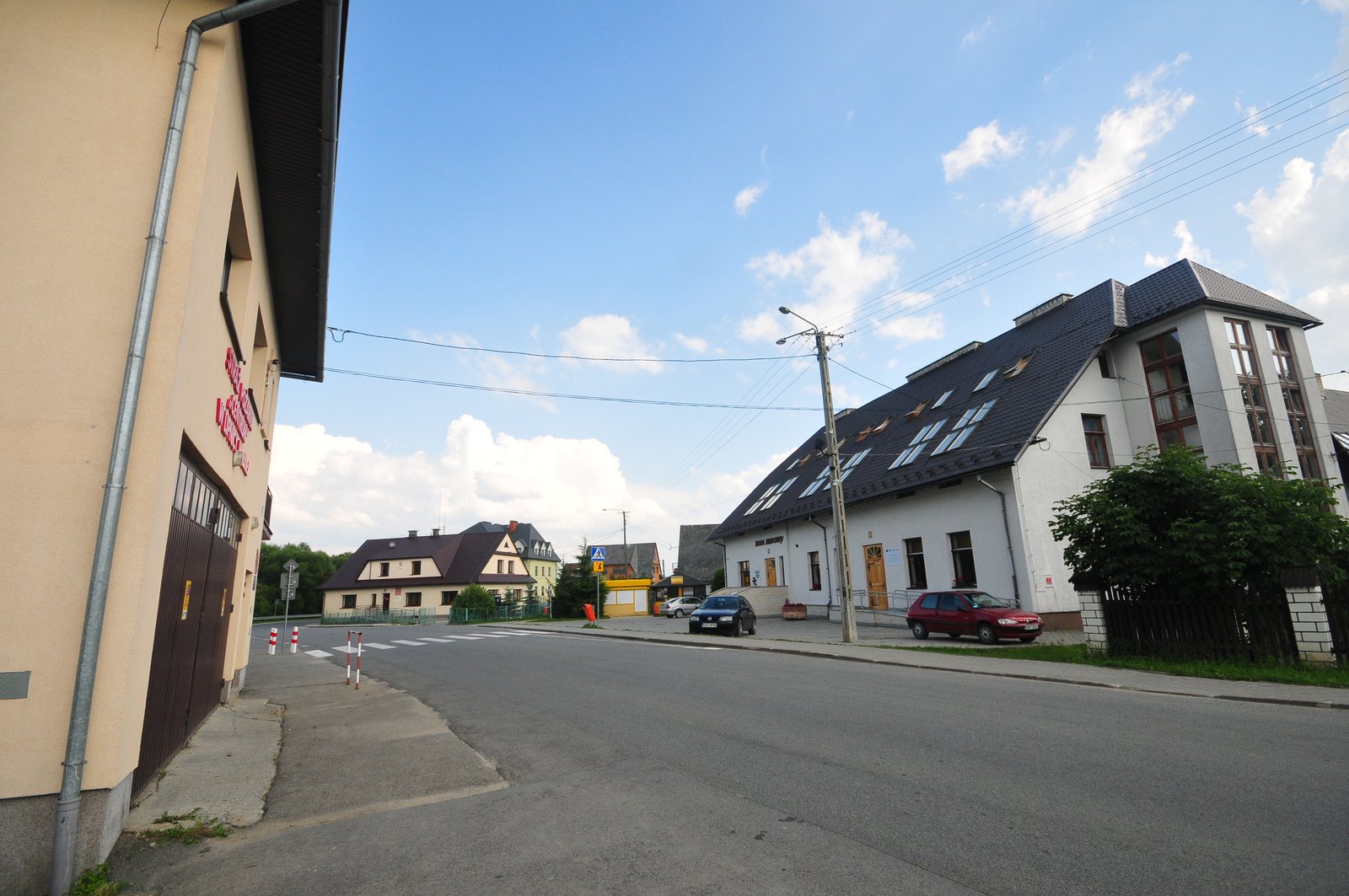
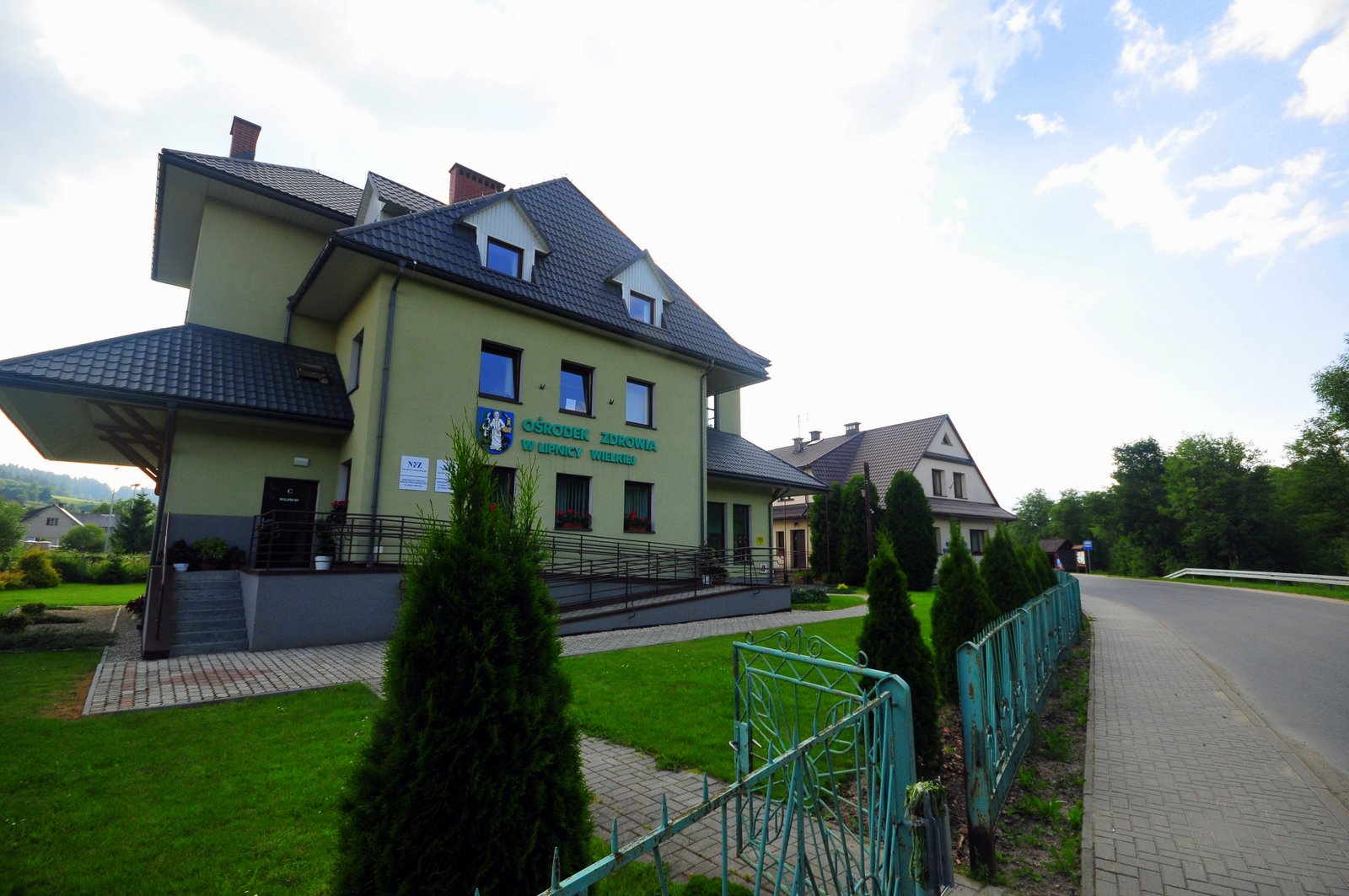
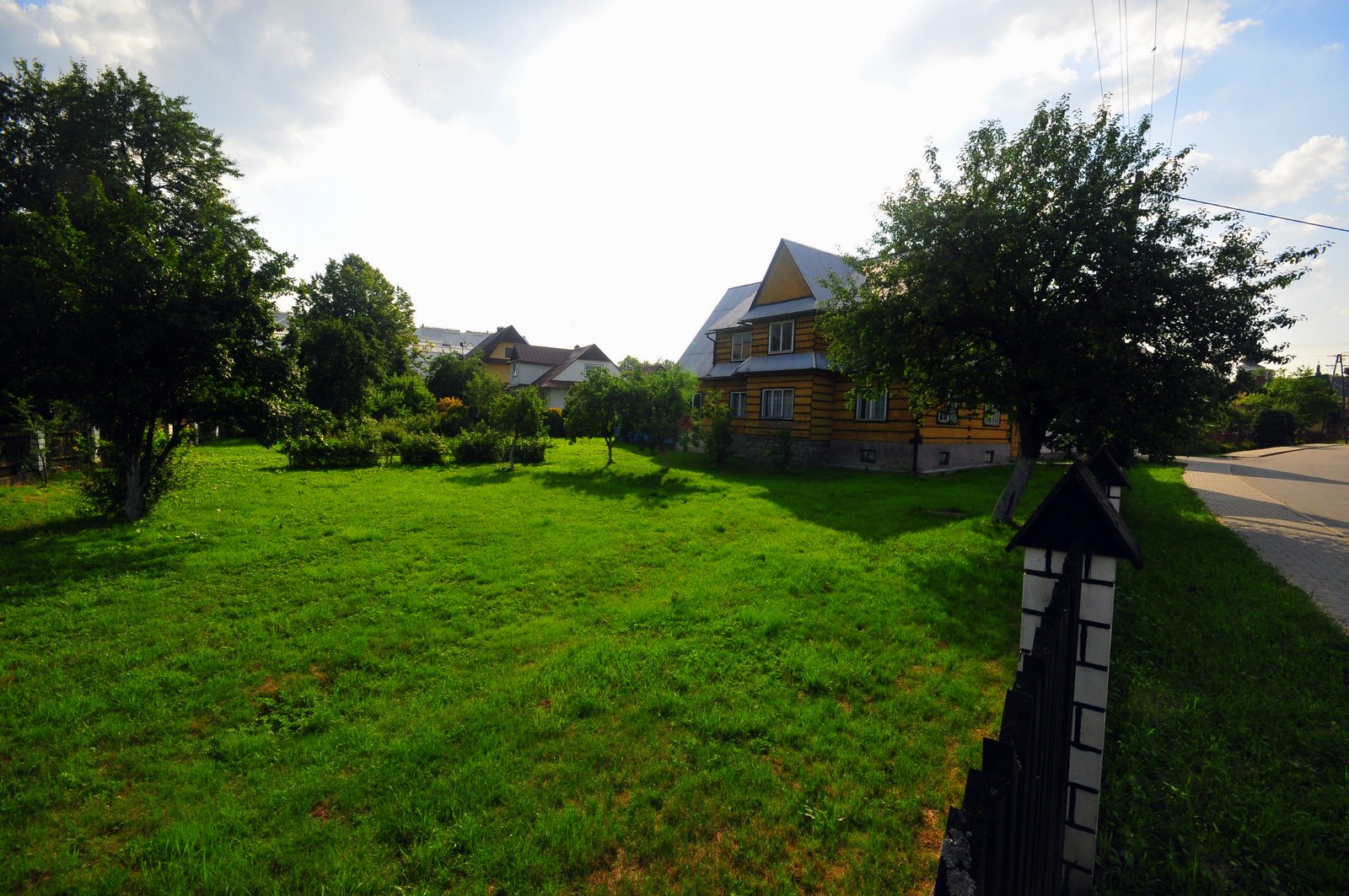
Here in LW Centrum I find the real irony of the village. In some ways, it’s developed so drastically in the last seventeen years since I first arrived. There’s a new health center; the city hall has been completely renovated; there are new street lights and new athletic facilities. But the real development is private: seemingly countless new houses, with one new, enormous home. And yet the ironies: the same house that was abandoned and incomplete, standing “raw,” when I arrived in 1996 stands in the same condition. Some bricks have fallen away from the chimney, and it looks a bit worse, but otherwise, it’s the same house.
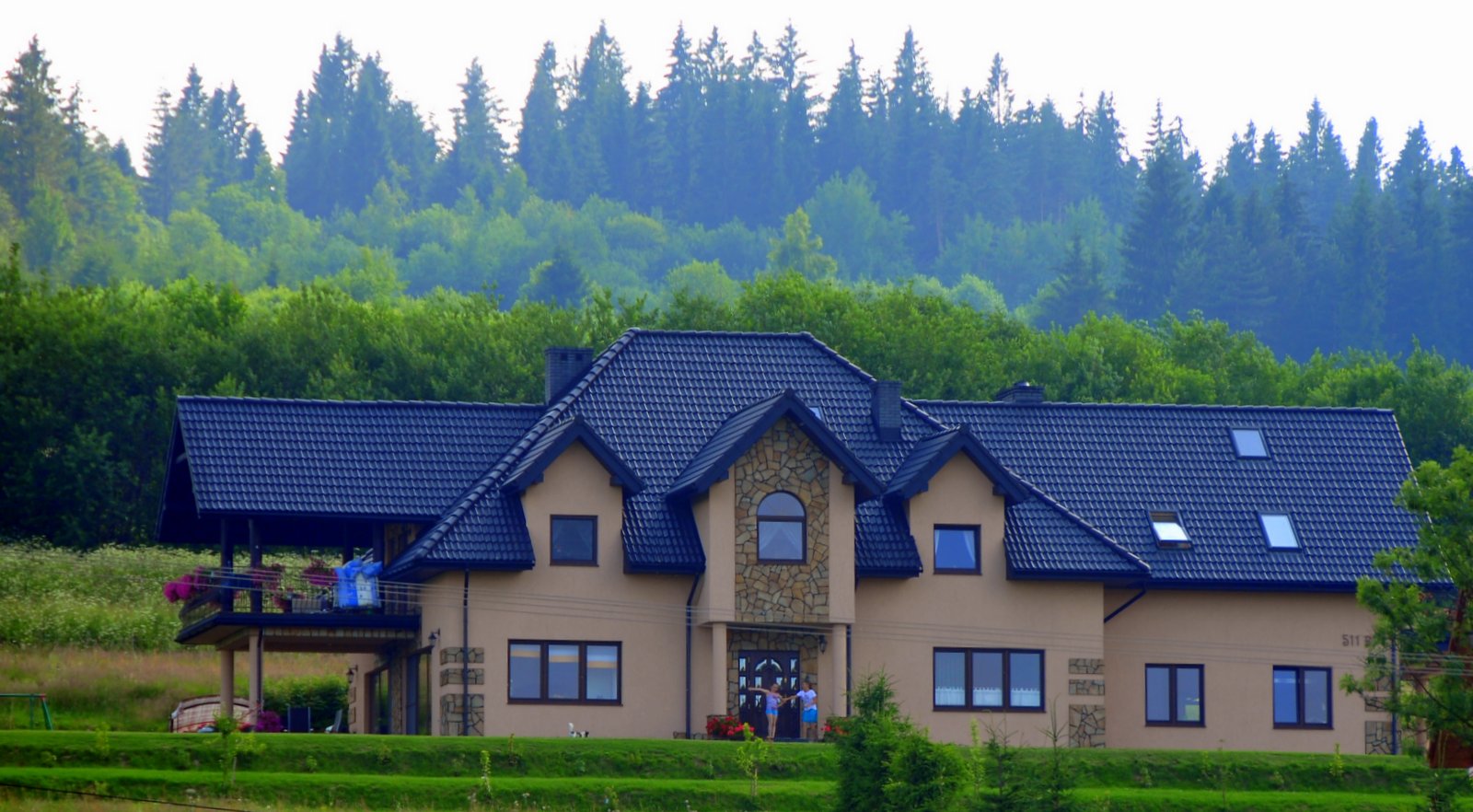

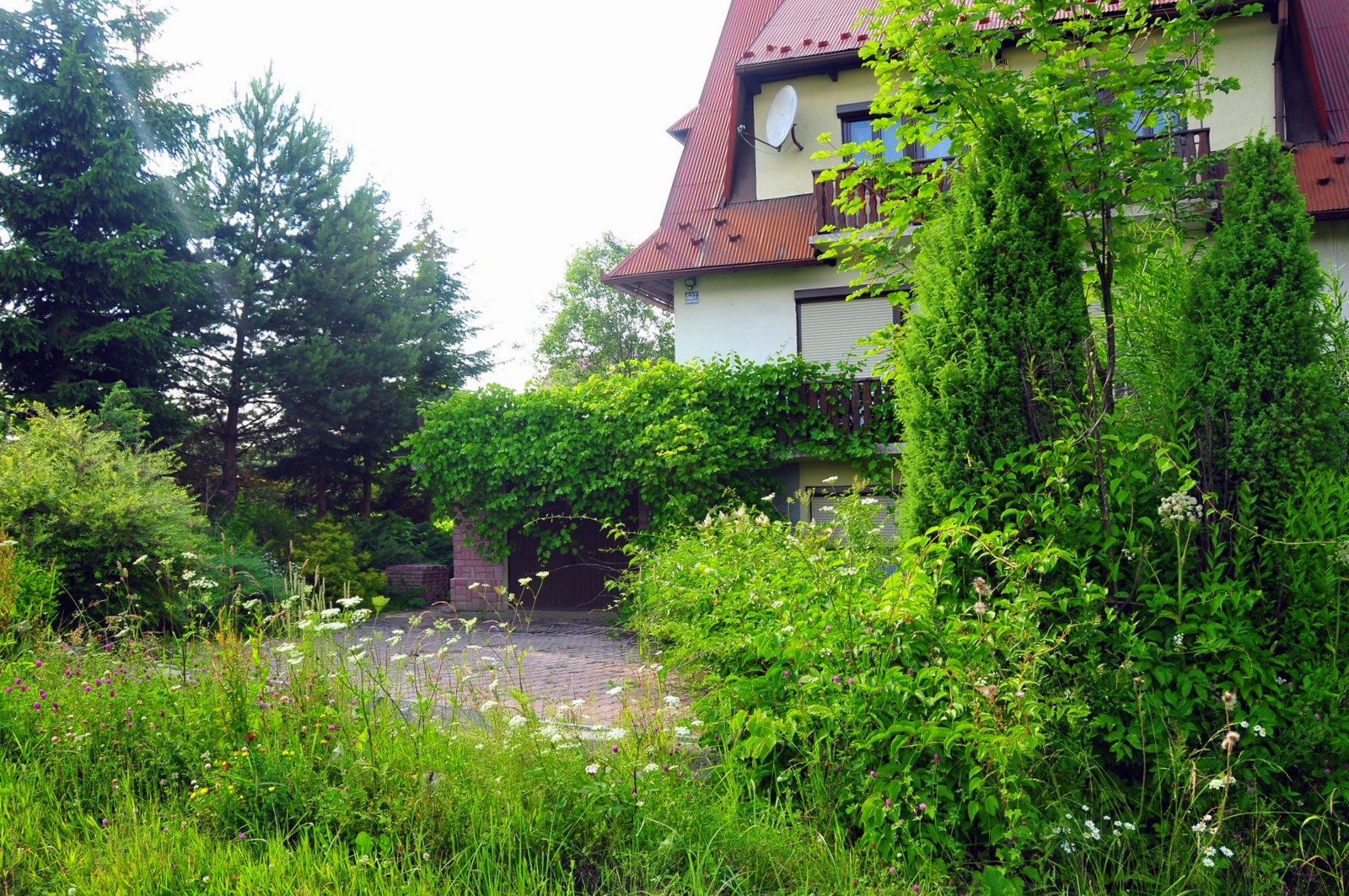
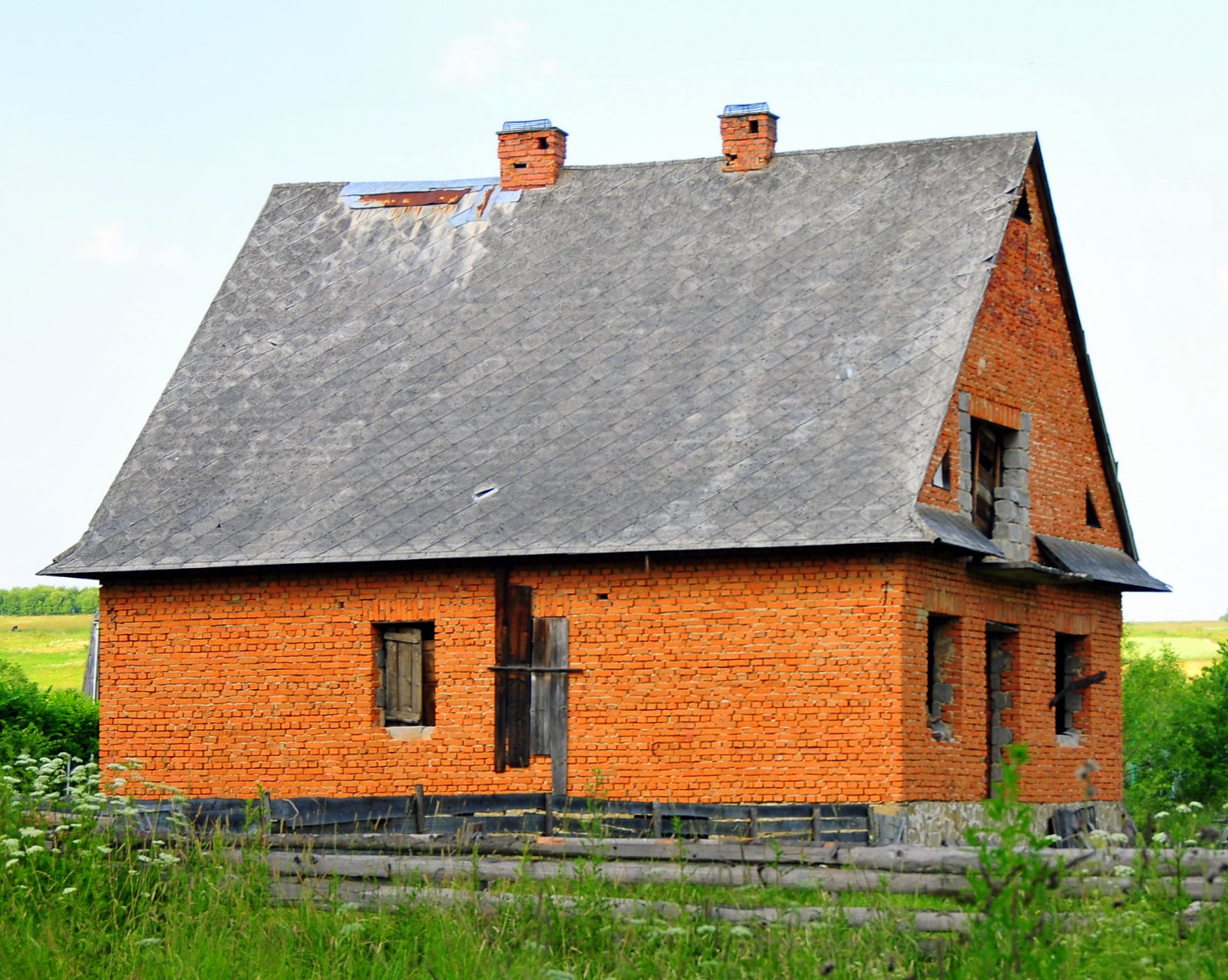

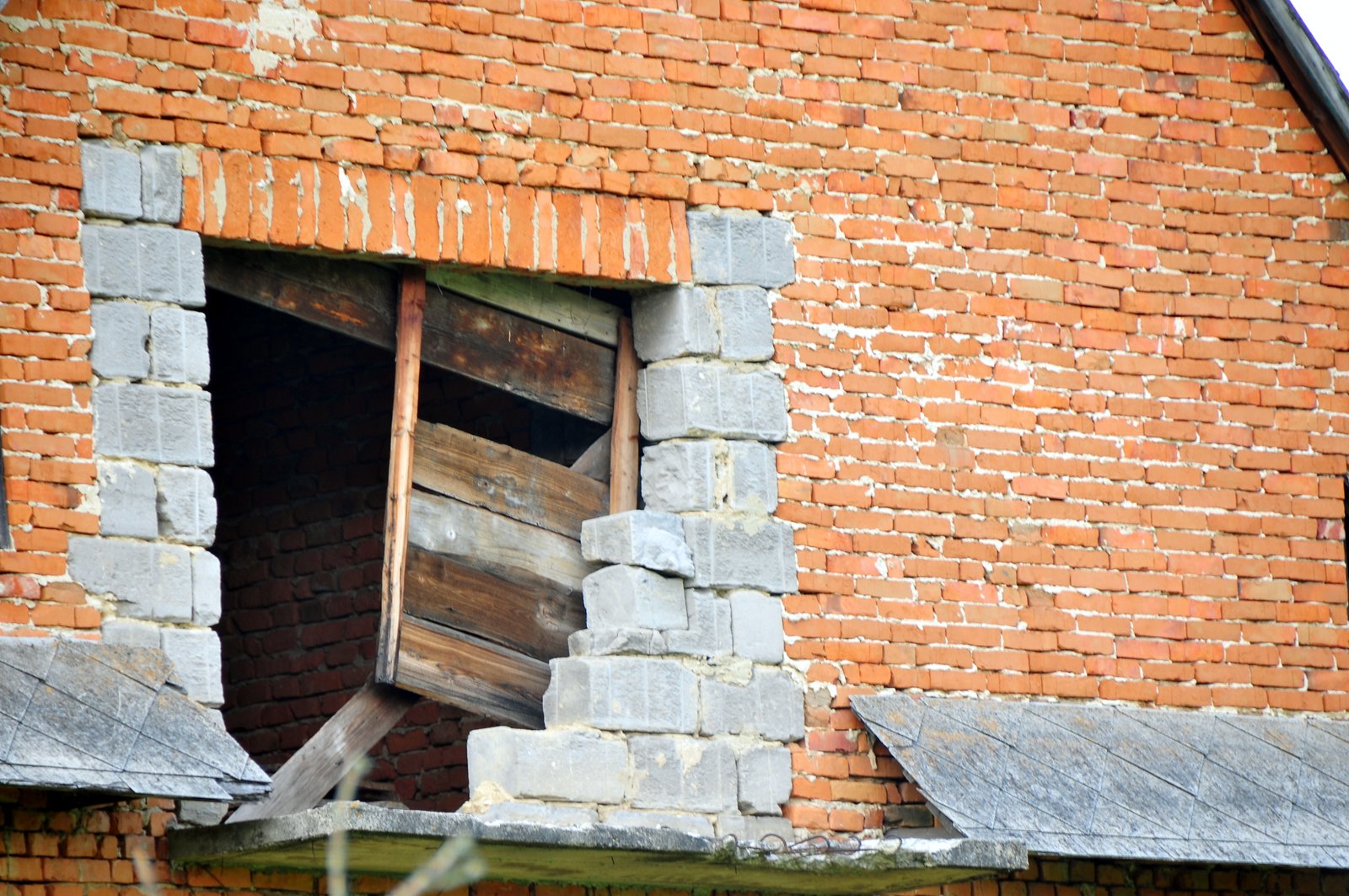
“What happened?” I once asked someone, but I’ve since learned it’s the same story a thousand times over in Poland: they started building, then went abroad, most likely heading for the States.
Then there are the houses in between: finished, once inhabited, now abandoned. I pass by one house in which I once attended a Sunday gathering. It was like most homes in the area: loved, cared for, with a lovely lawn. Now, it’s not quite a ruin, but close.
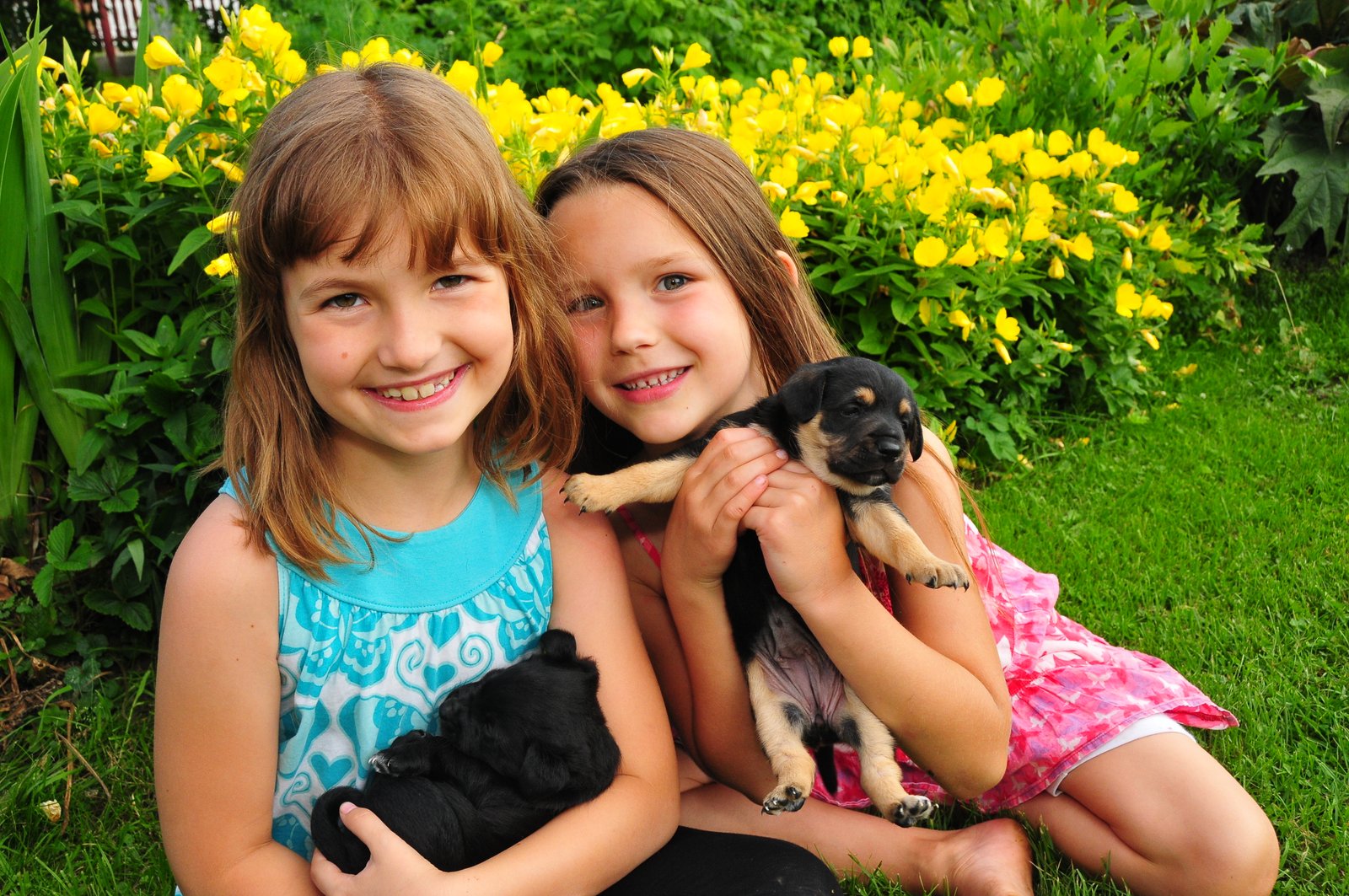
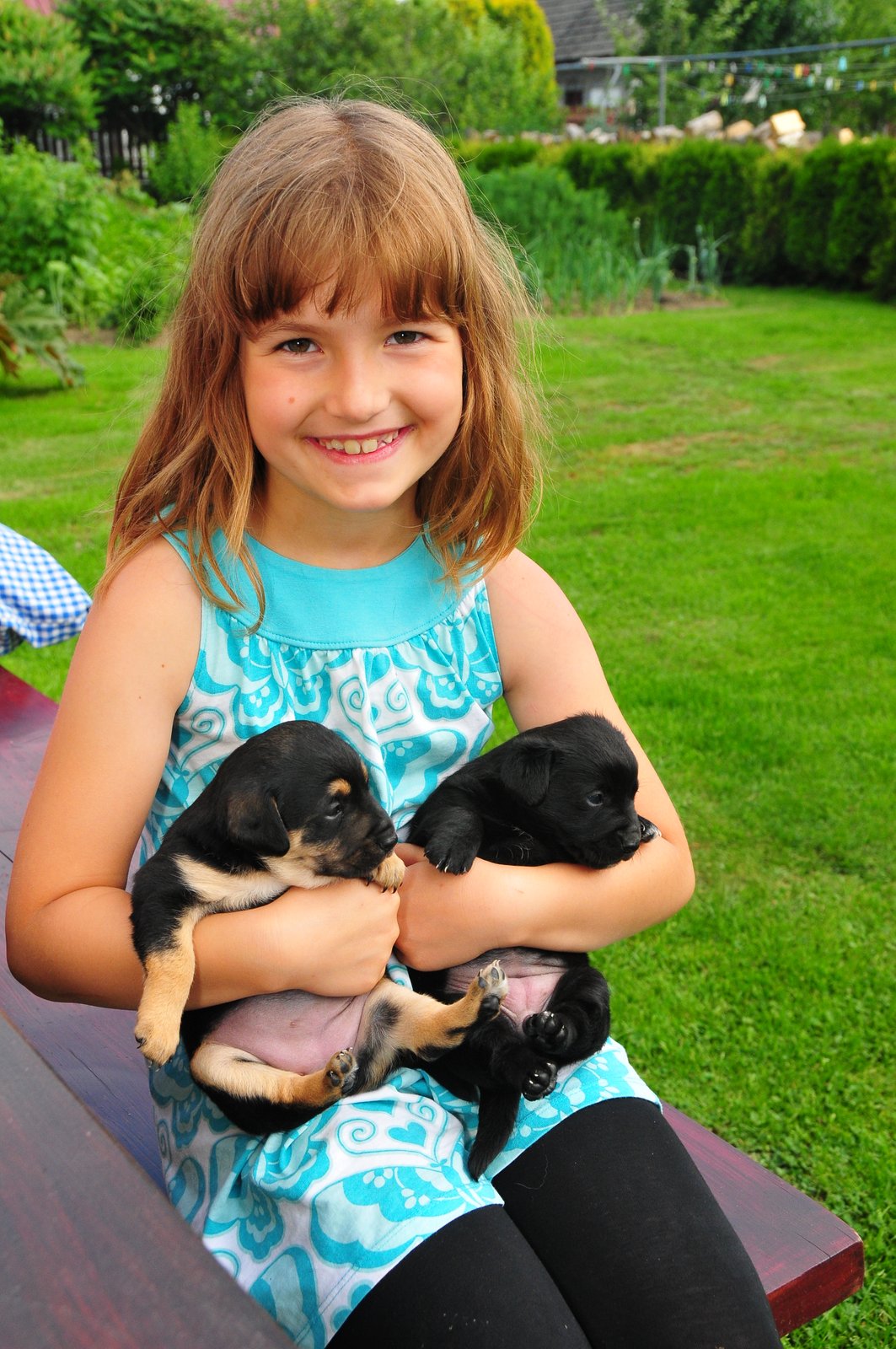
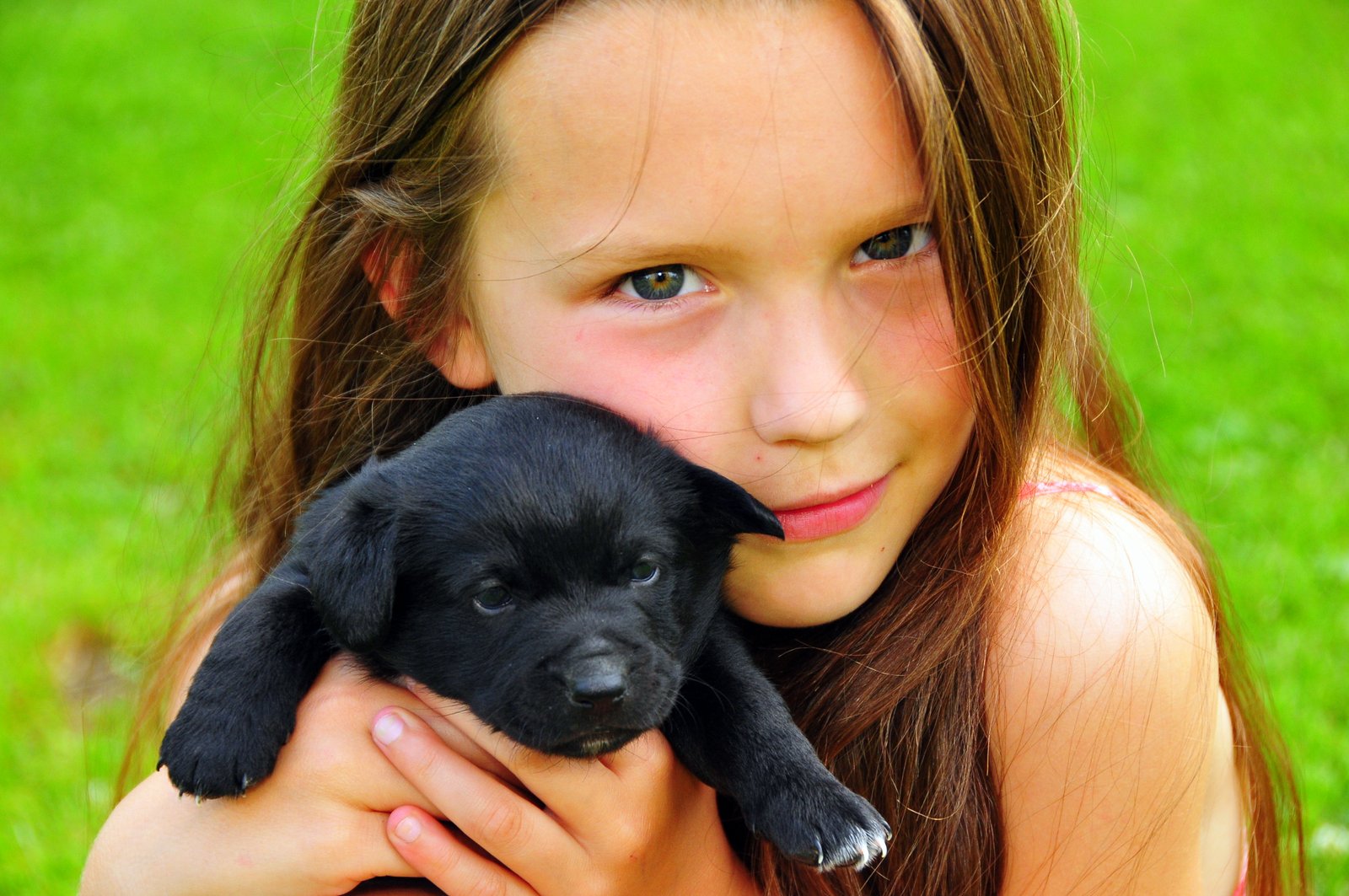
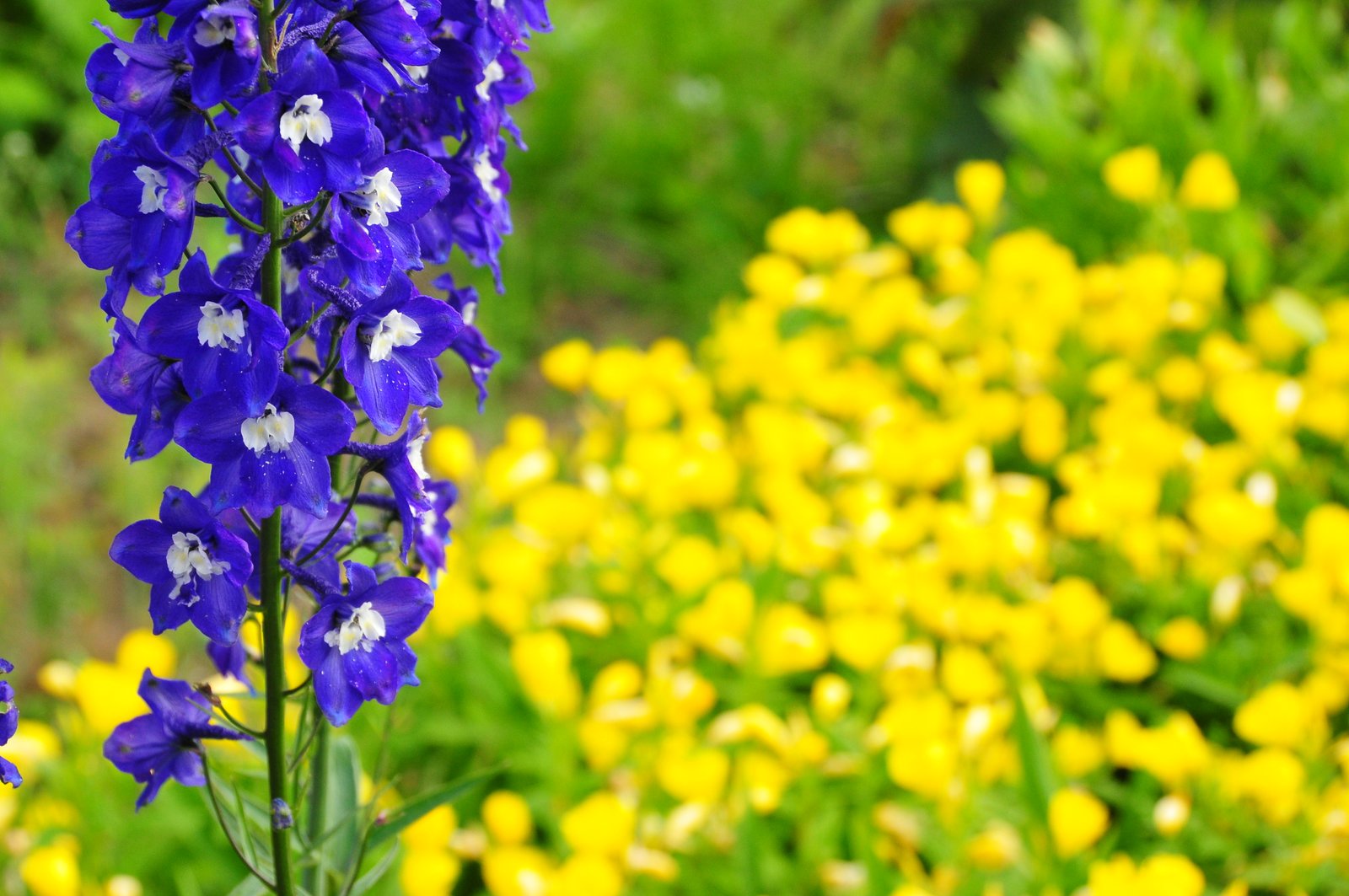
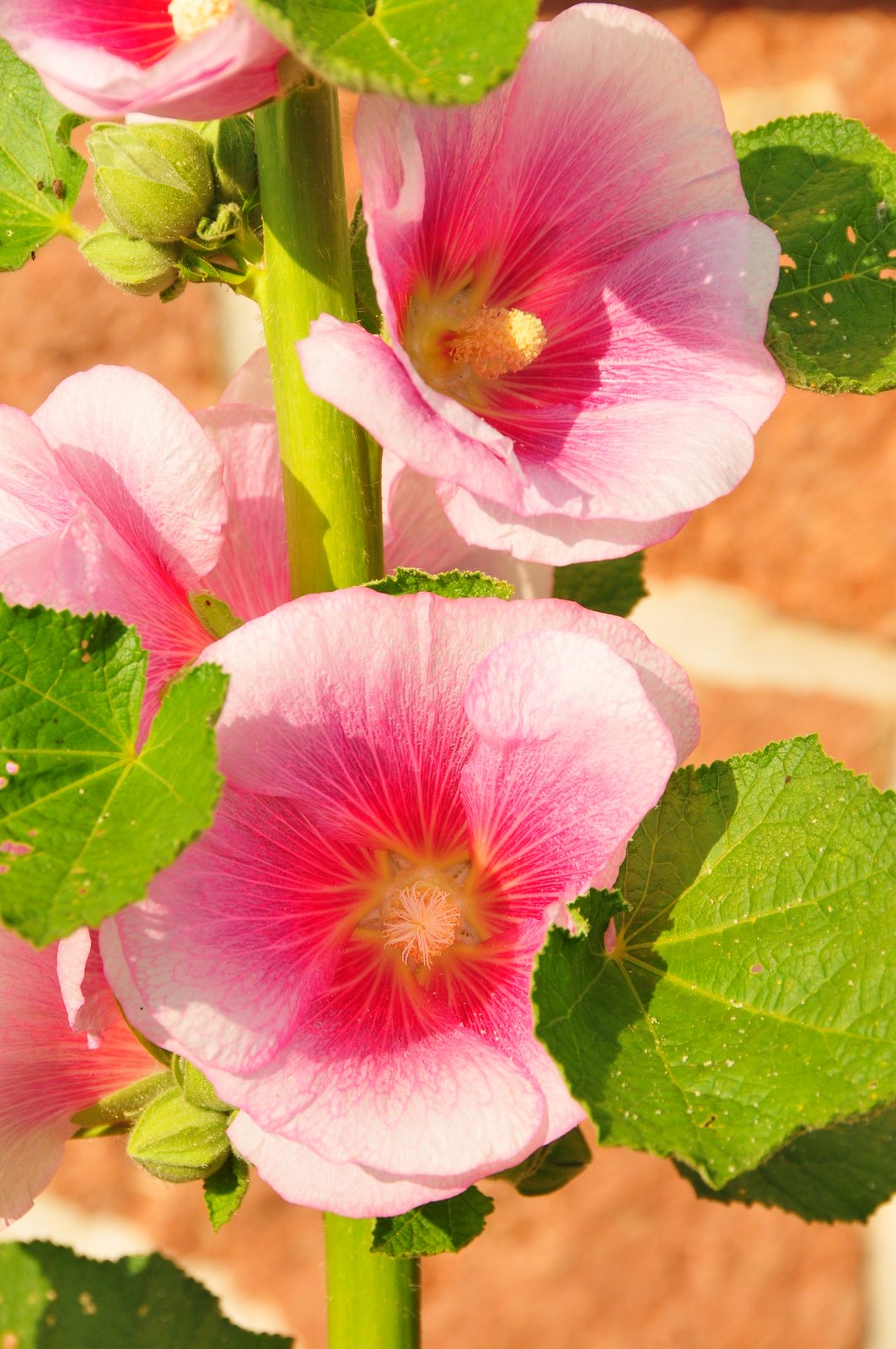
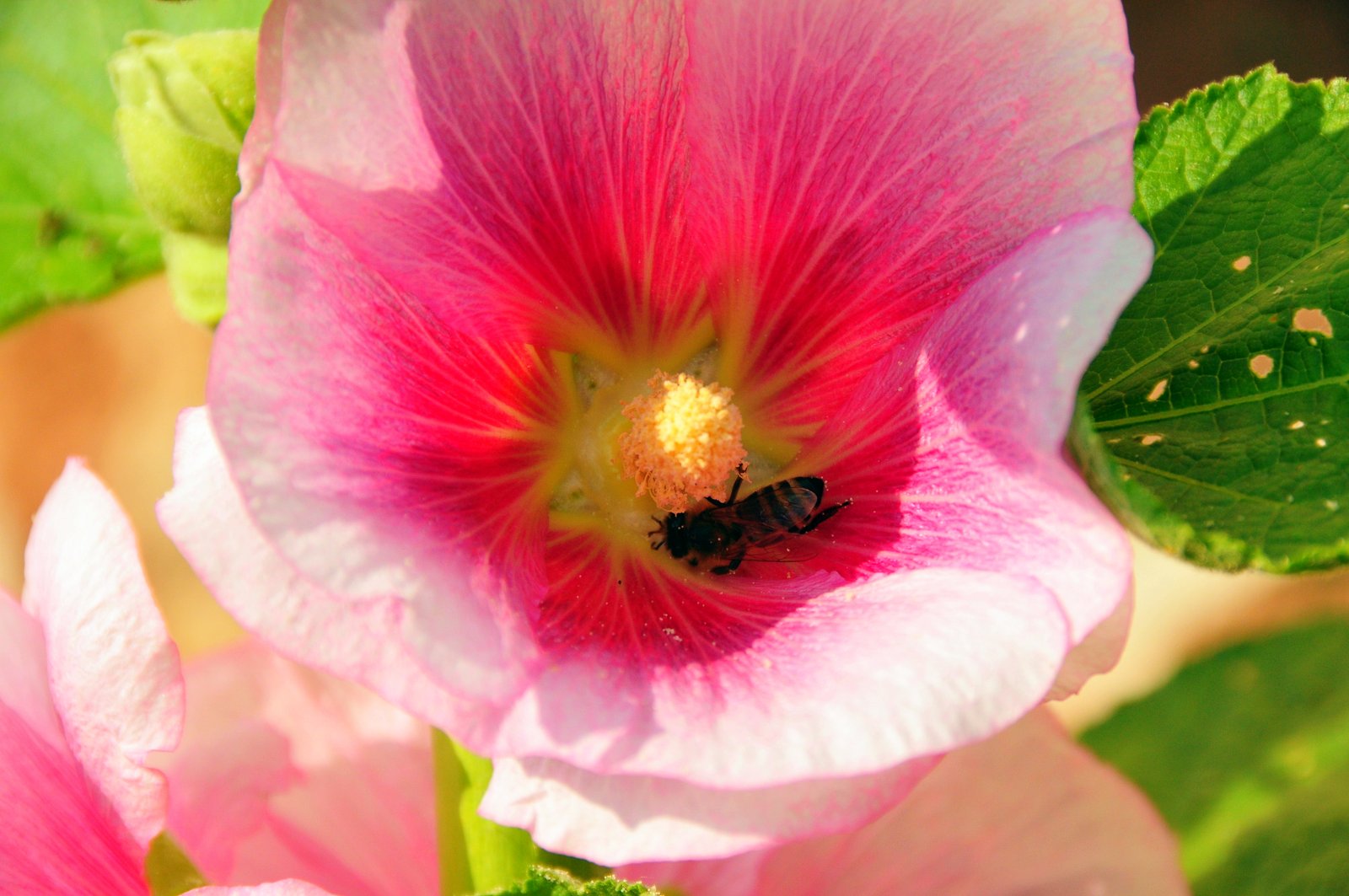
I return to find the girls with Pani B across the street, at a neighbor’s house. It’s undoubtedly paradise for them: two young puppies run about the yard — as much as the girls let them.
Enjoying all the beautiful pictures and your beautifully written post! I remember some of the places! Miss you!
Thank you!